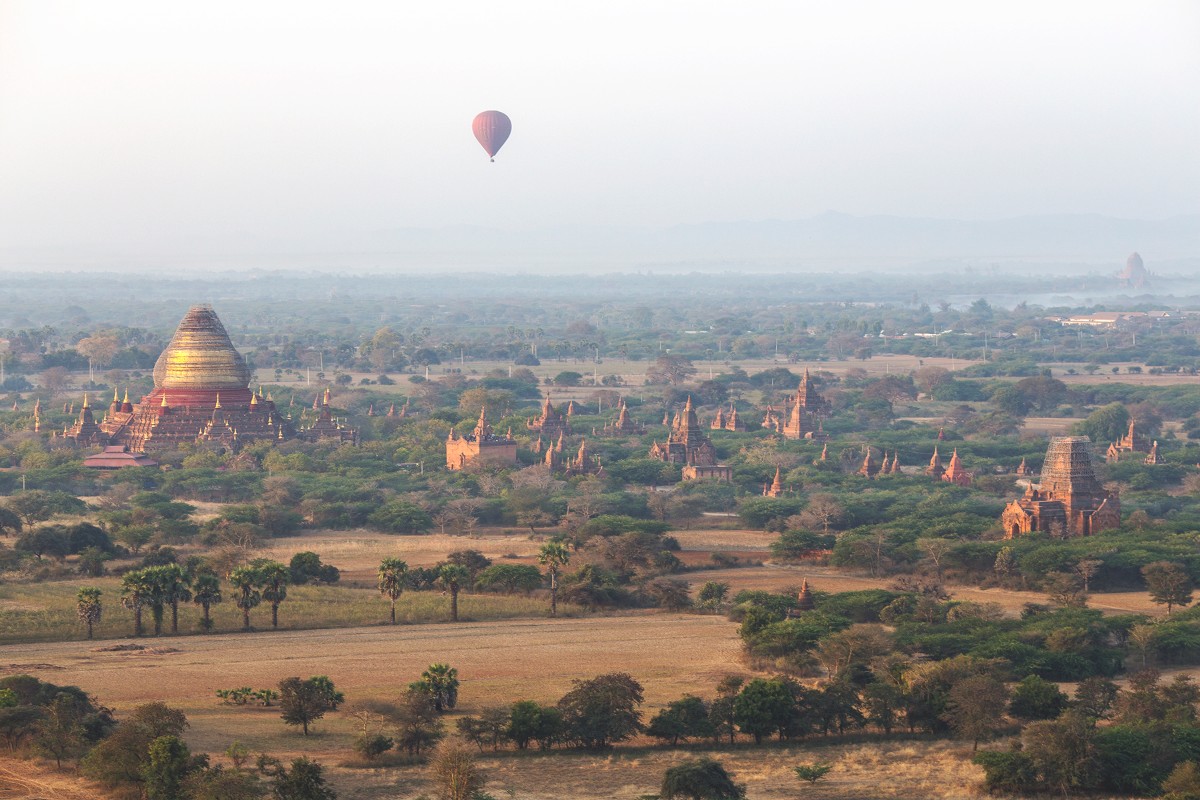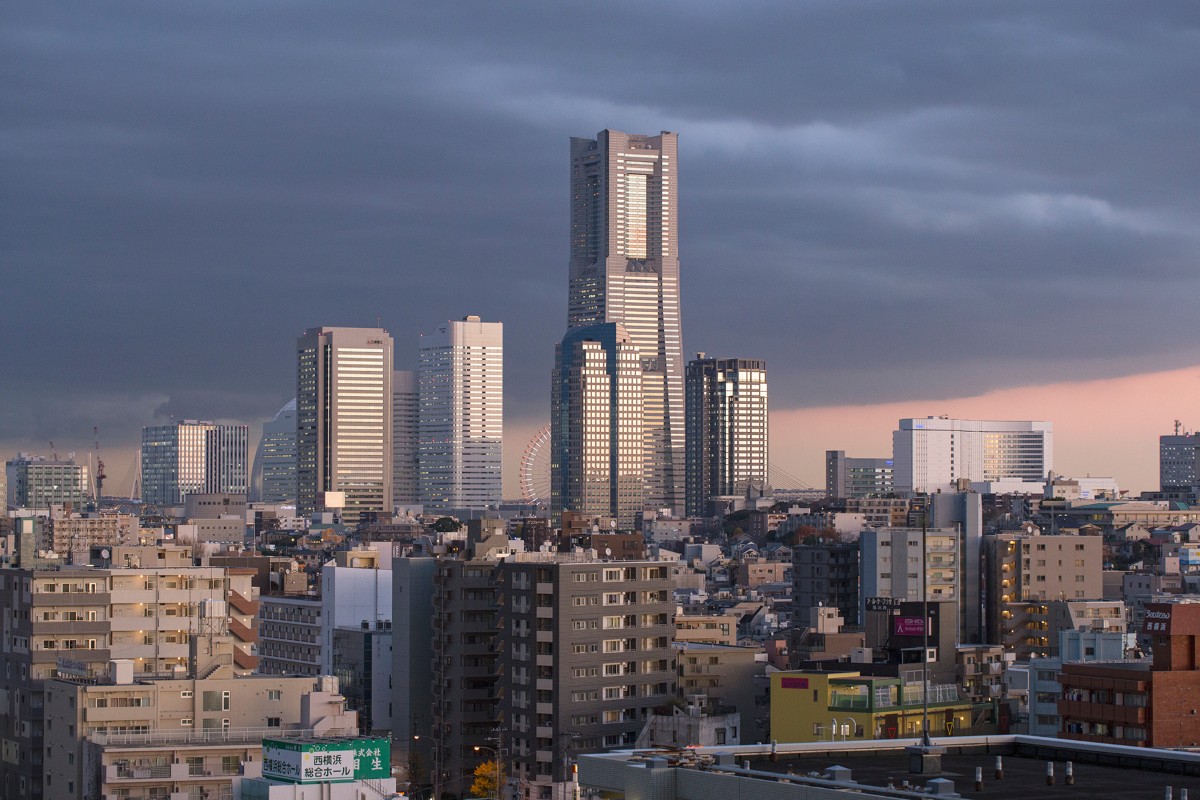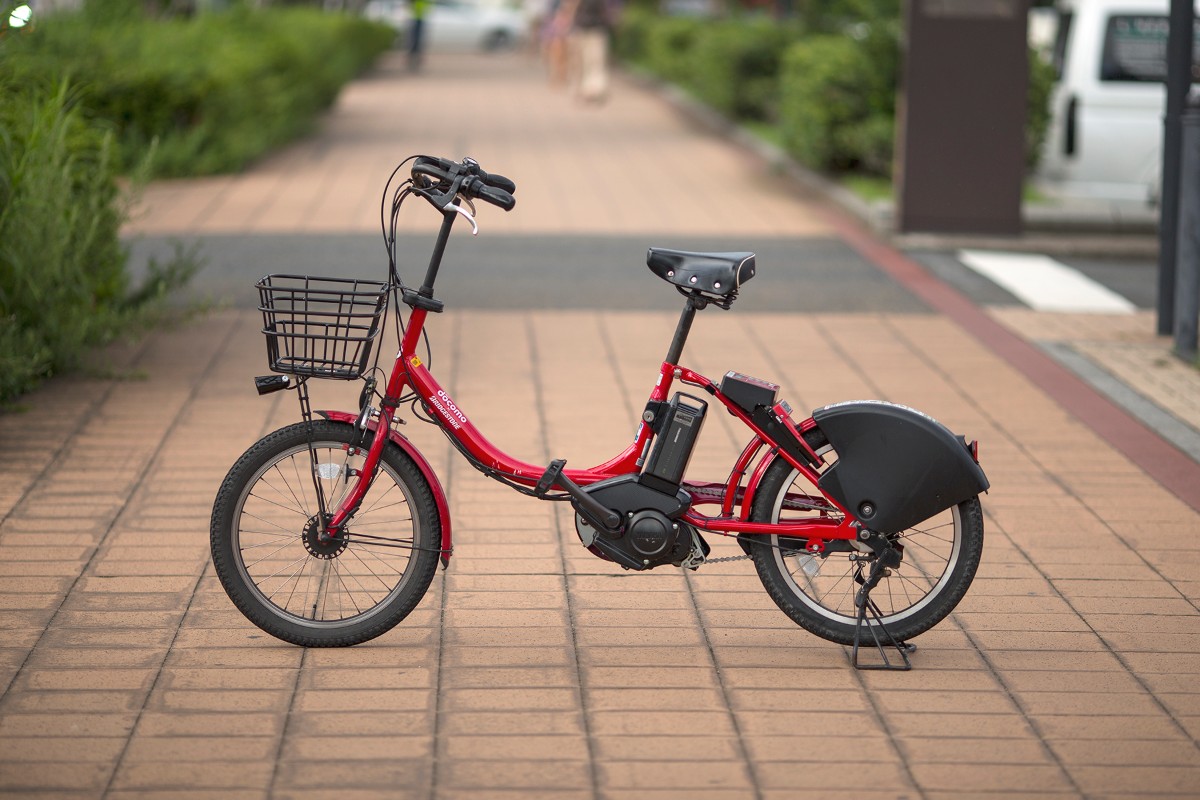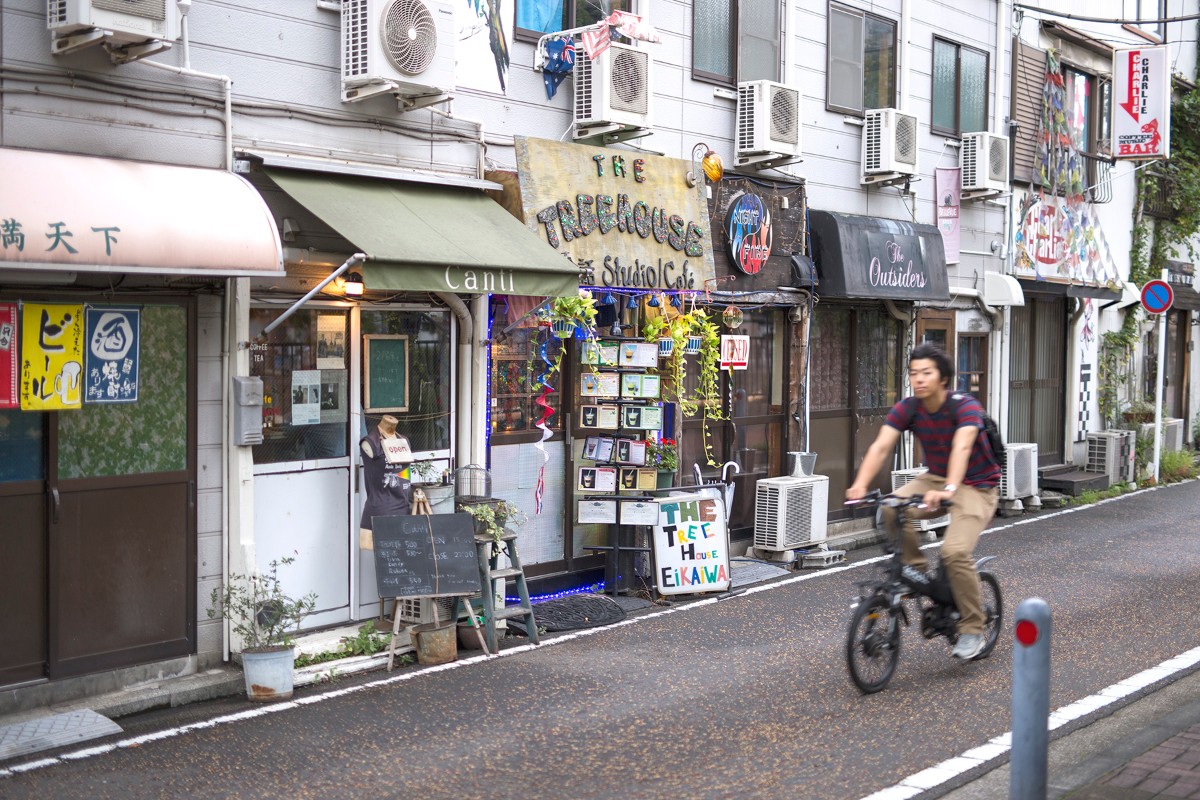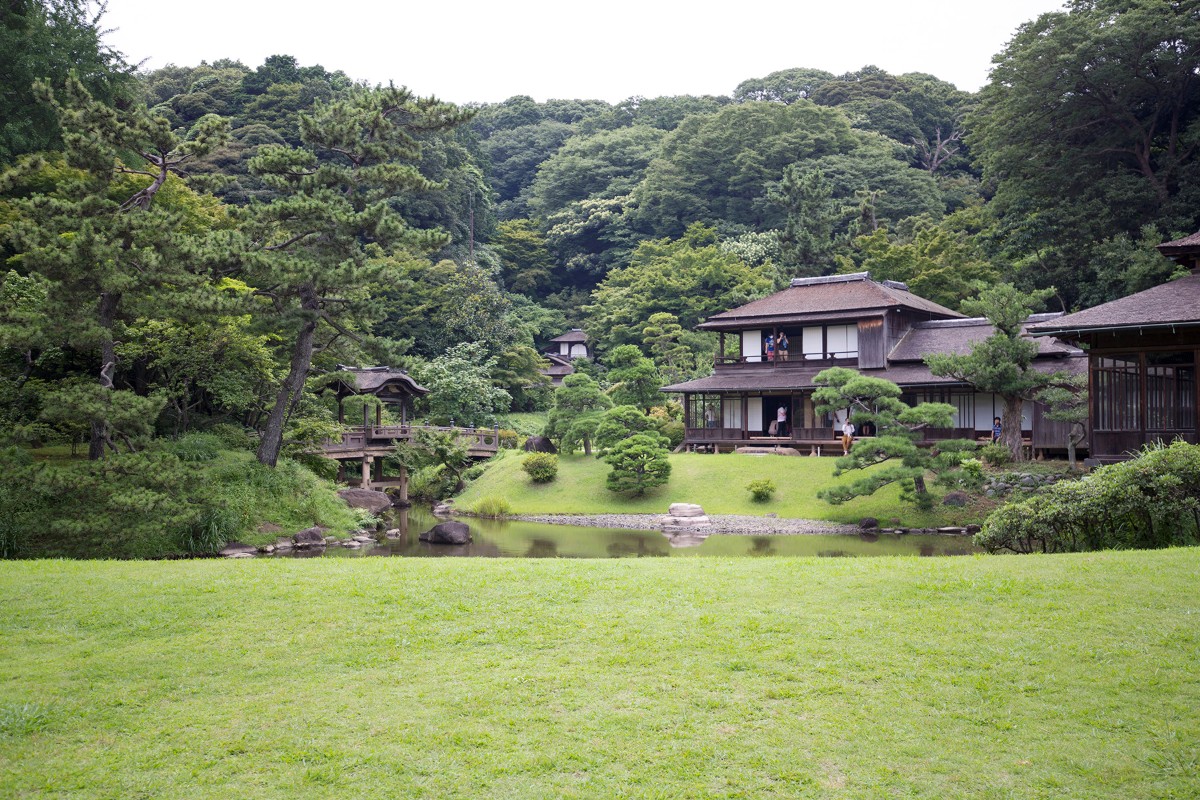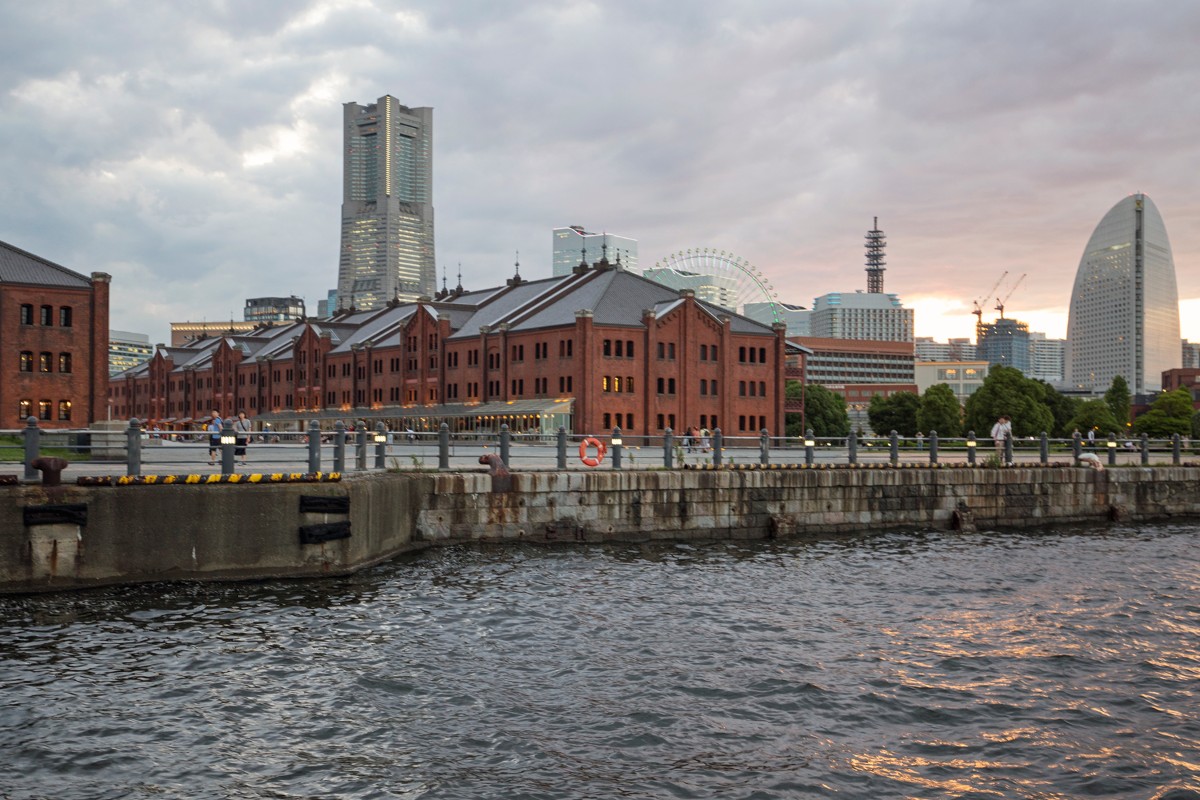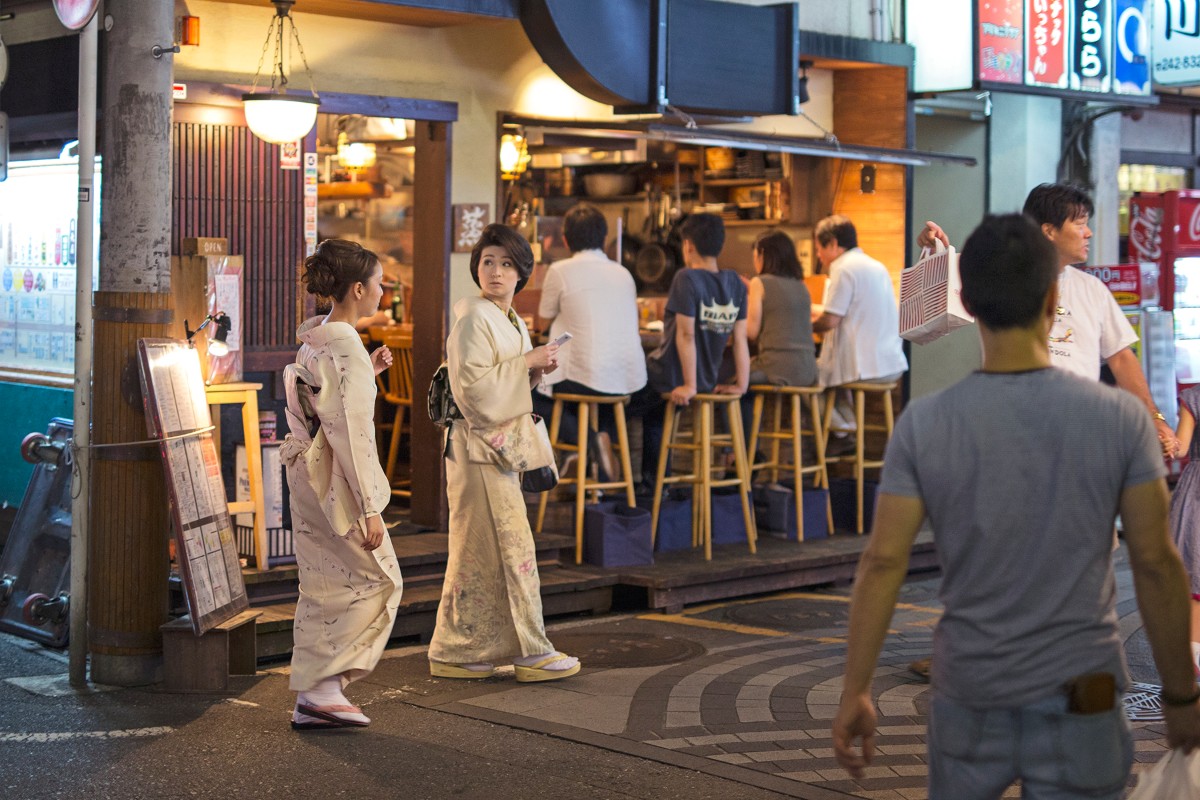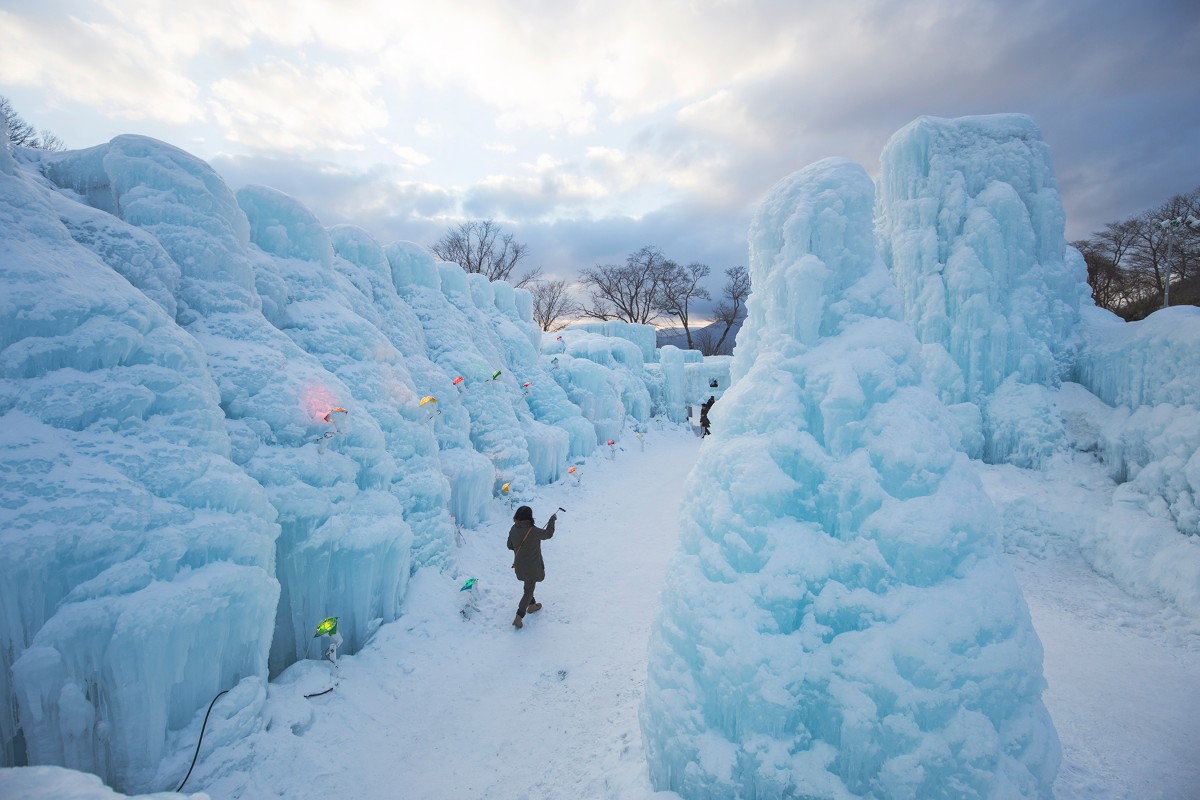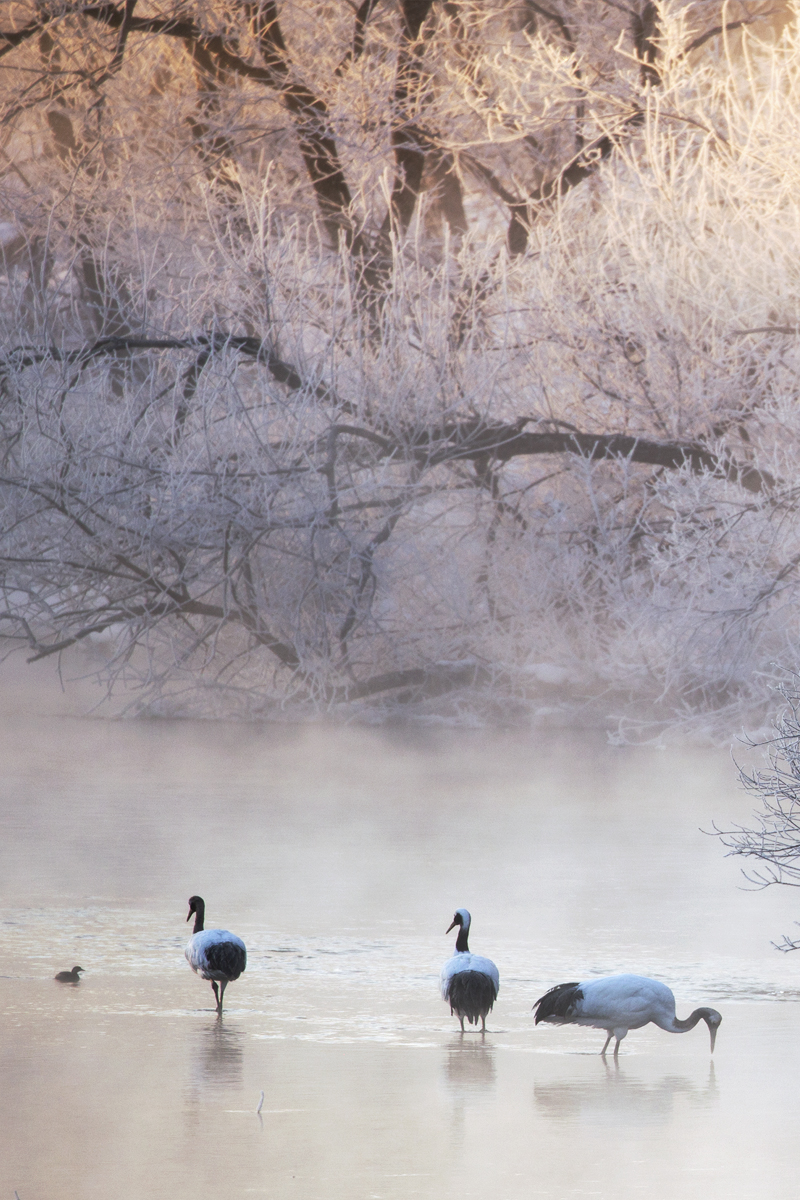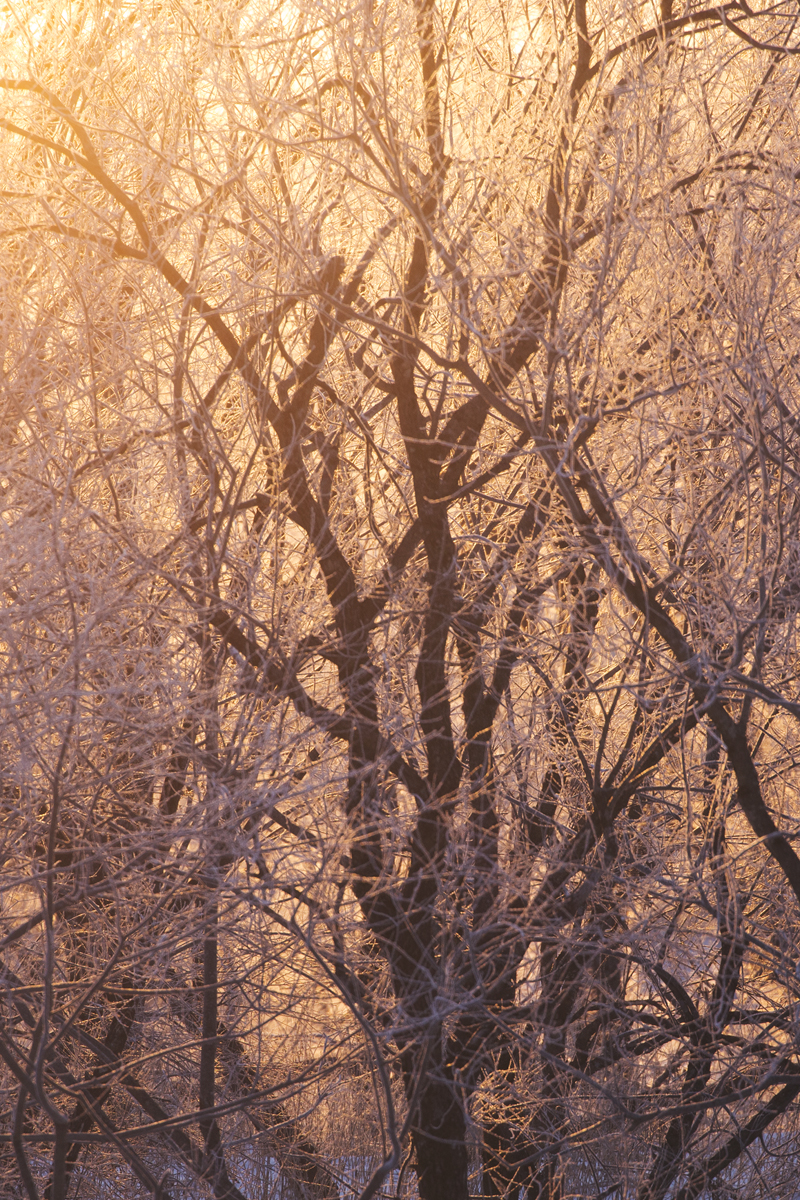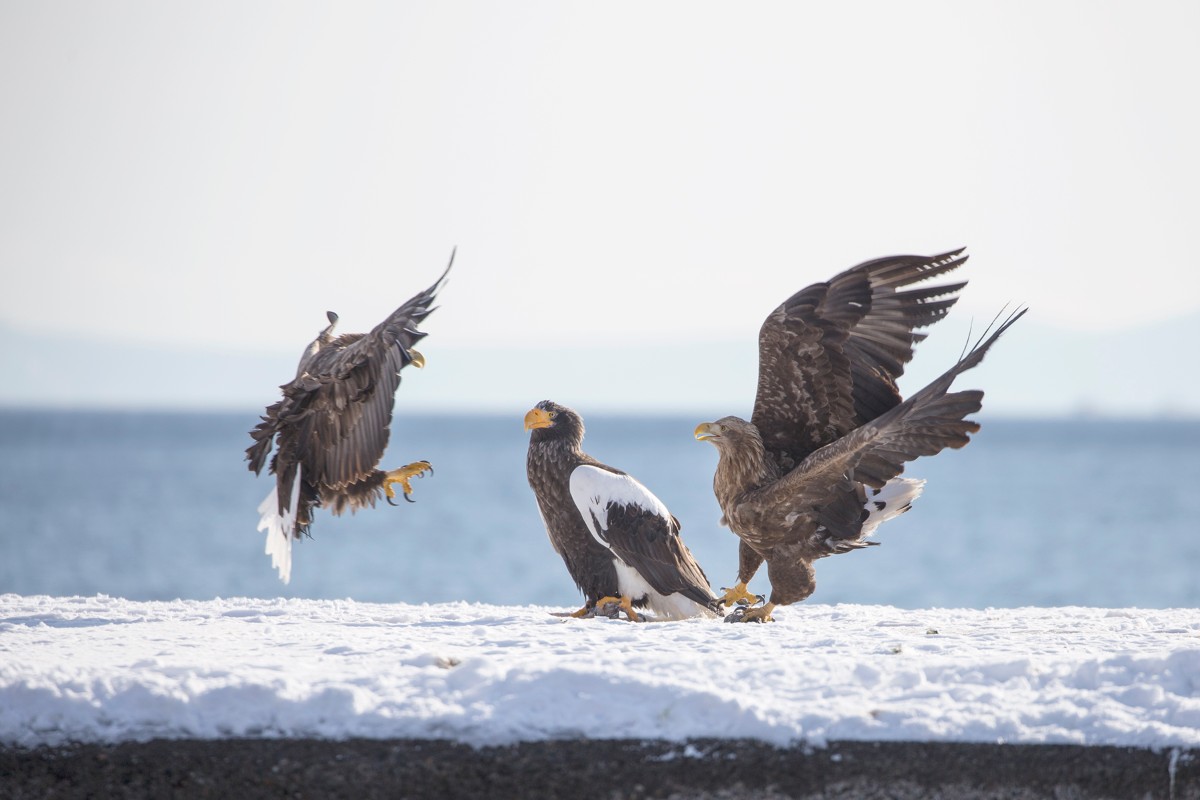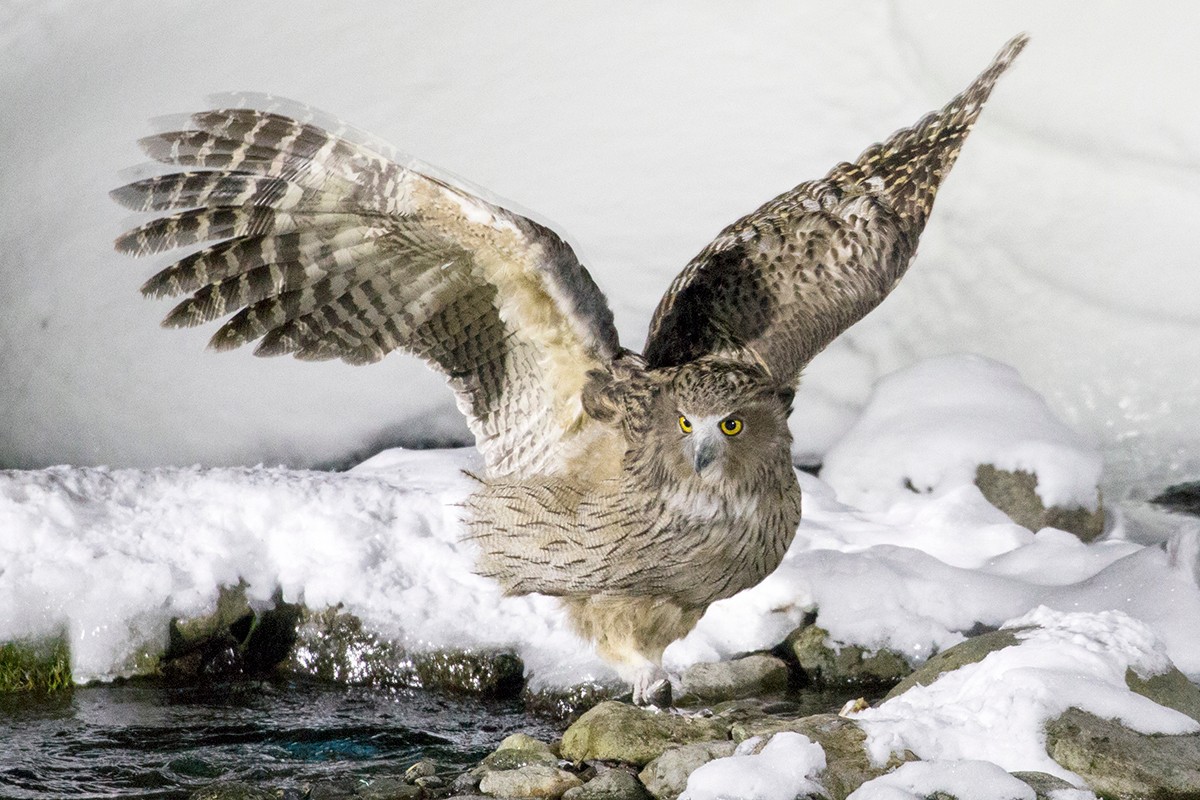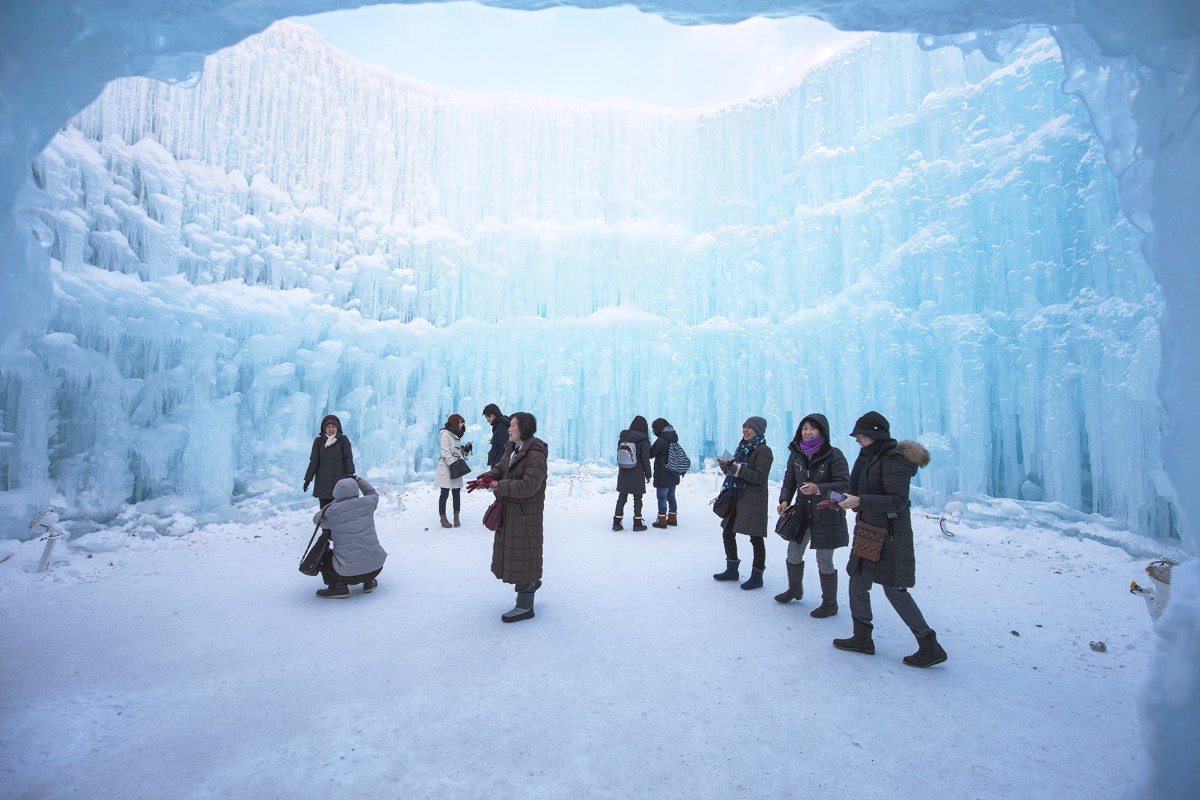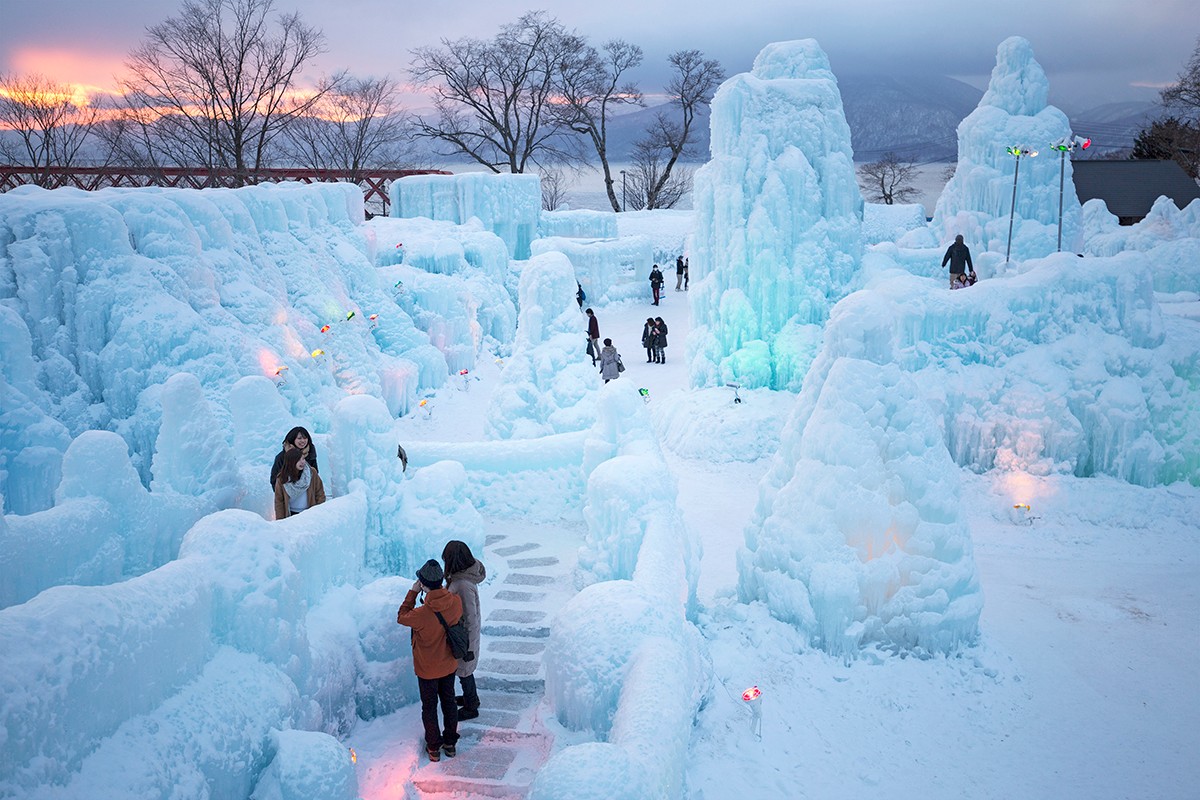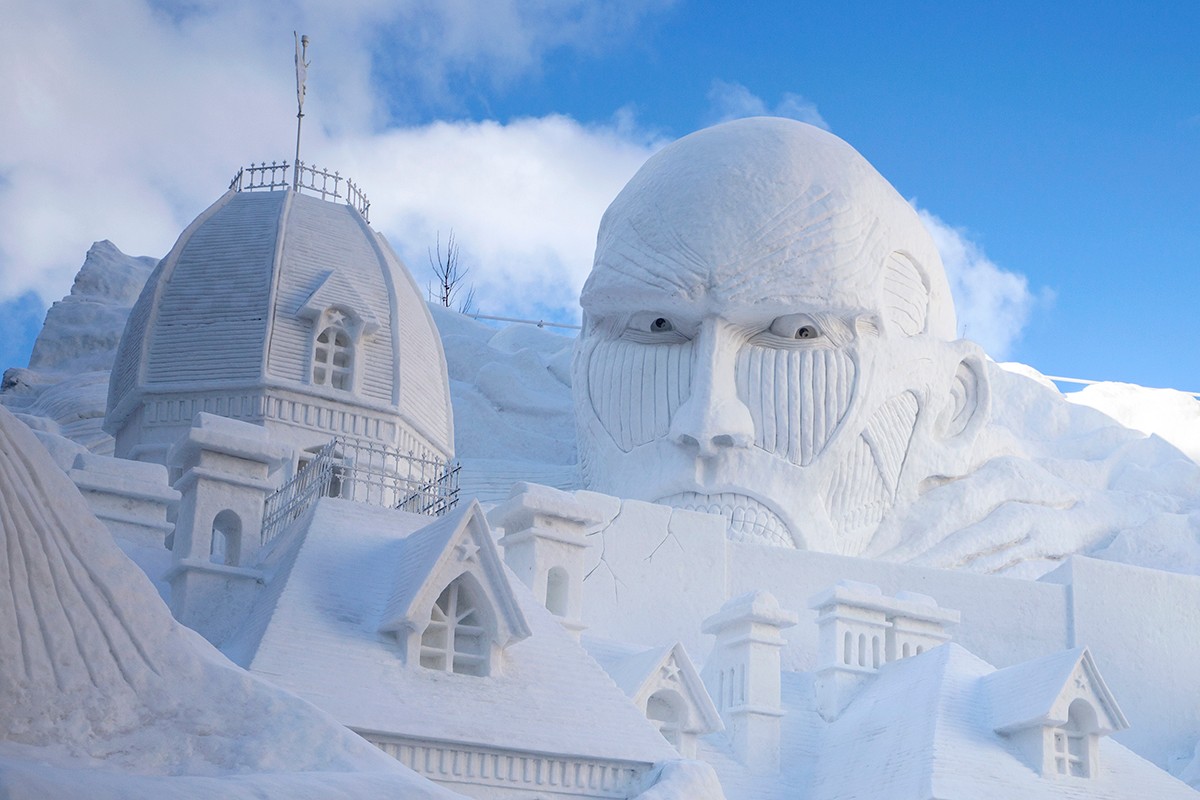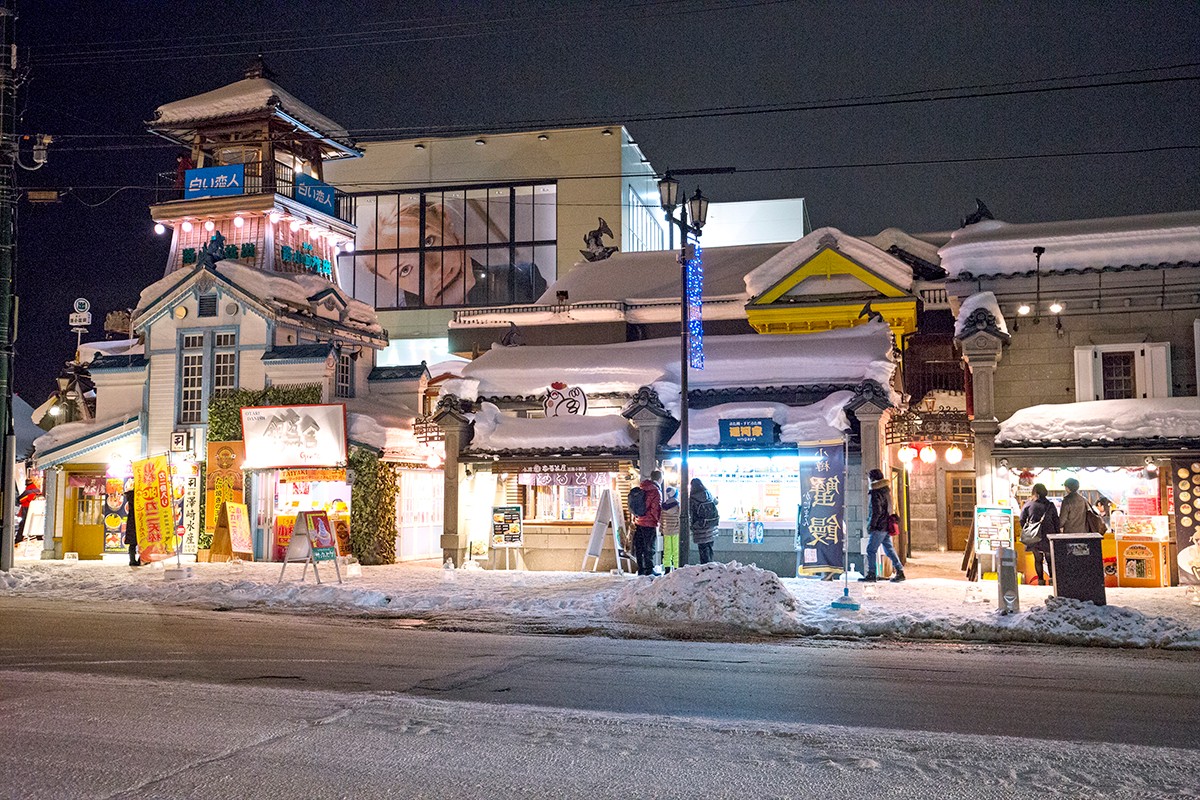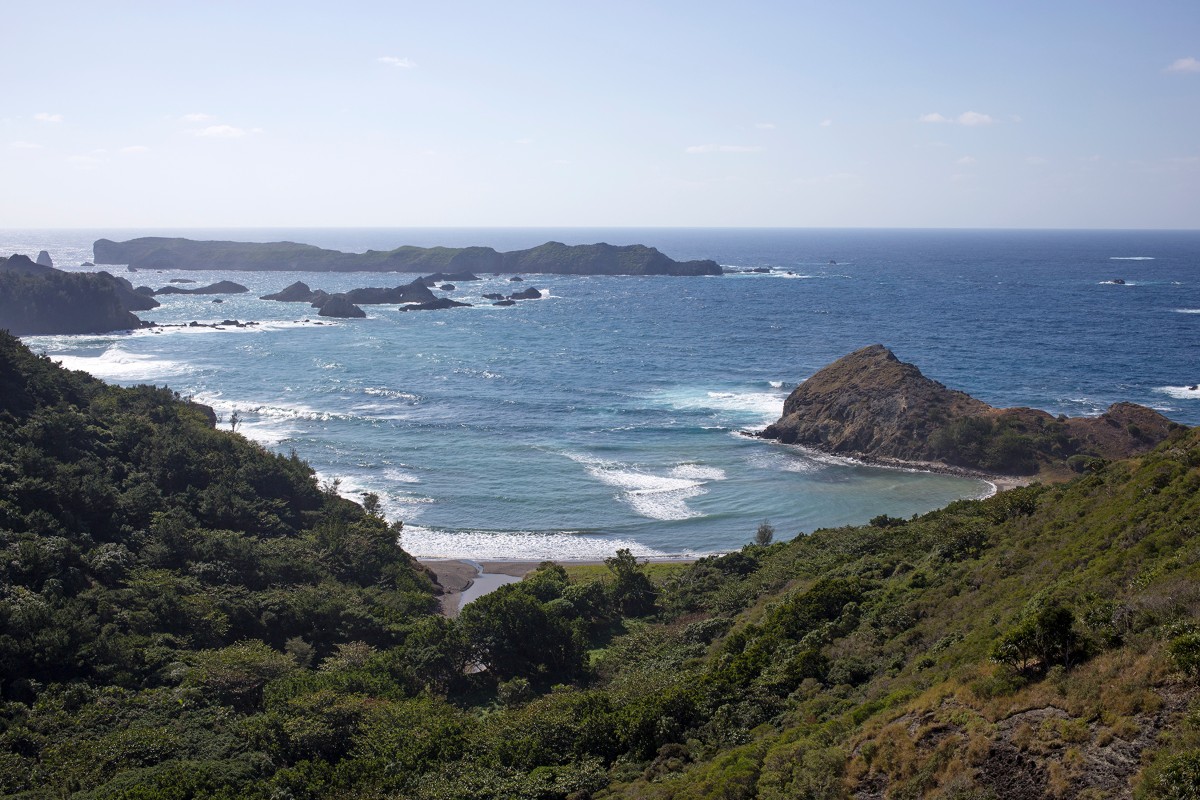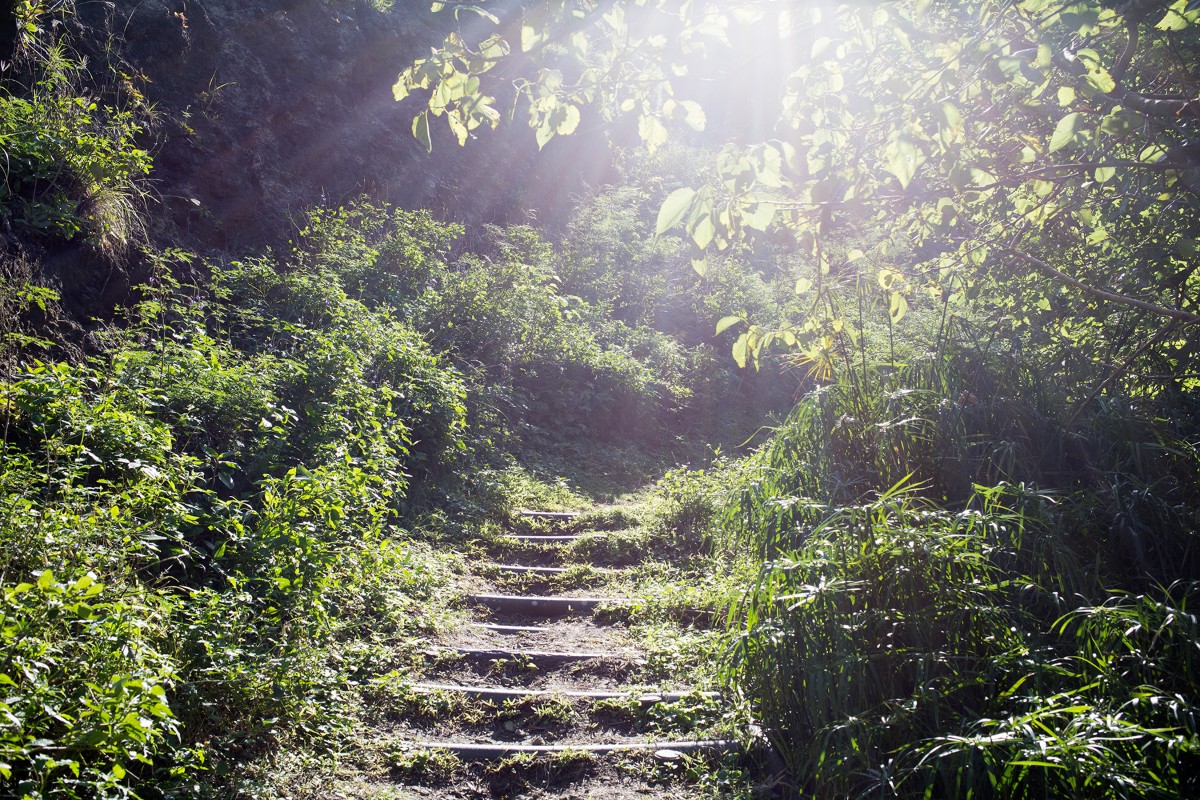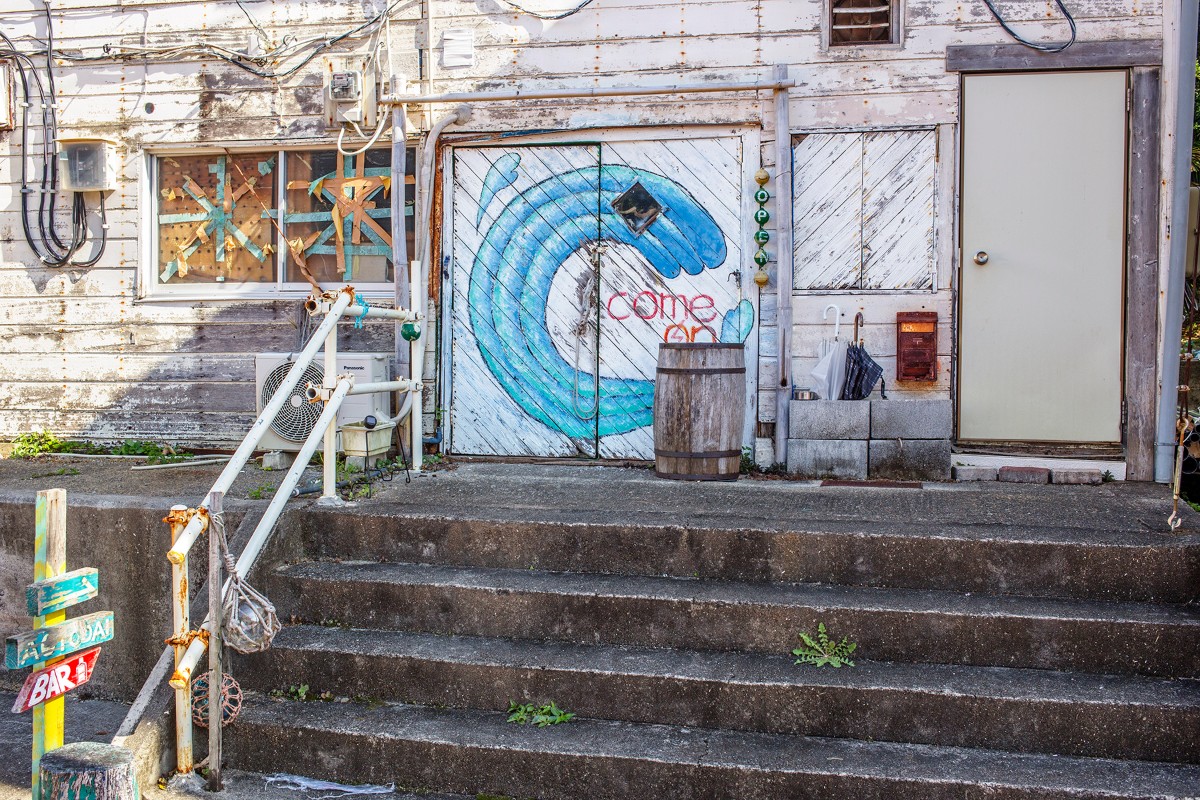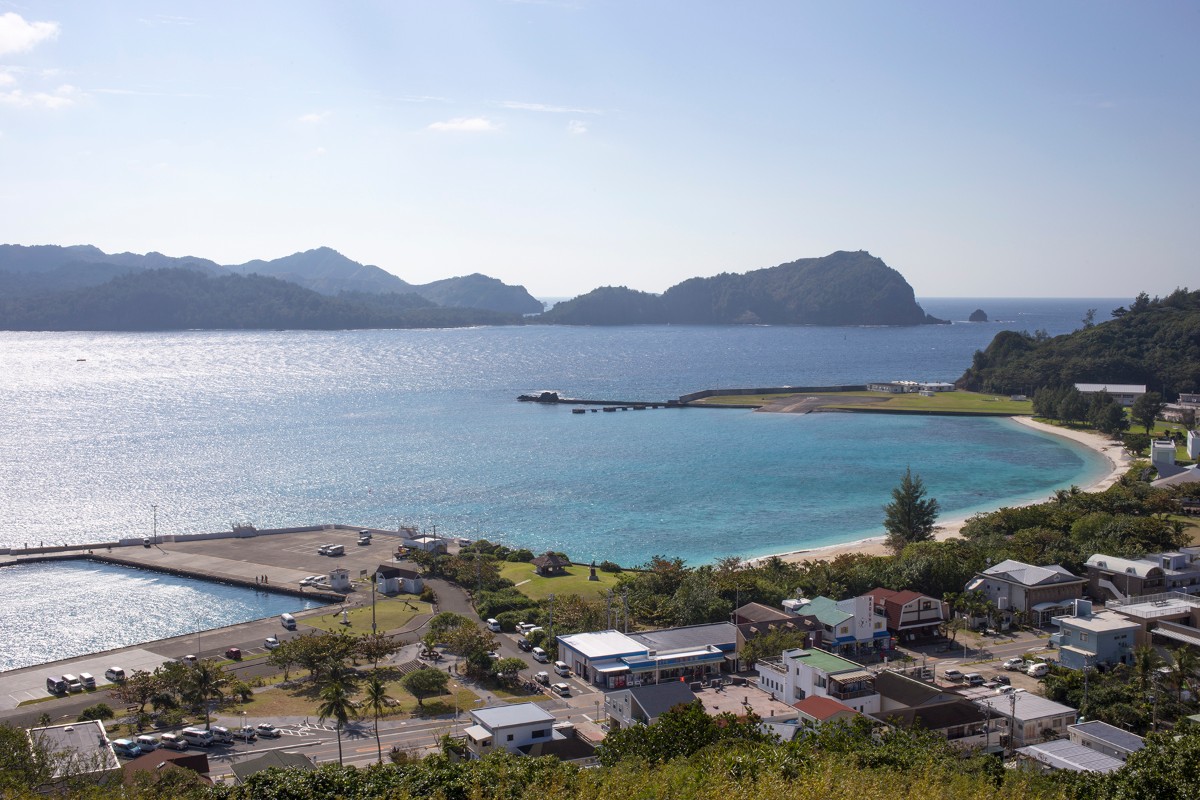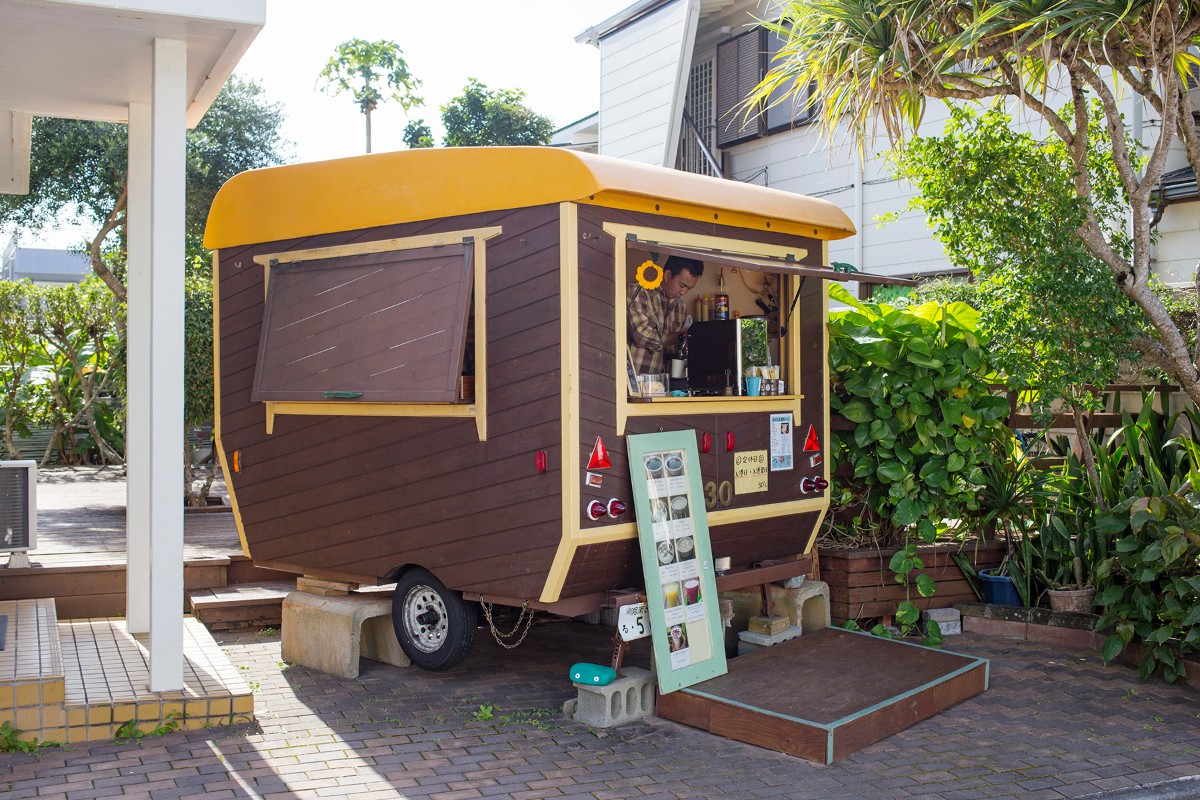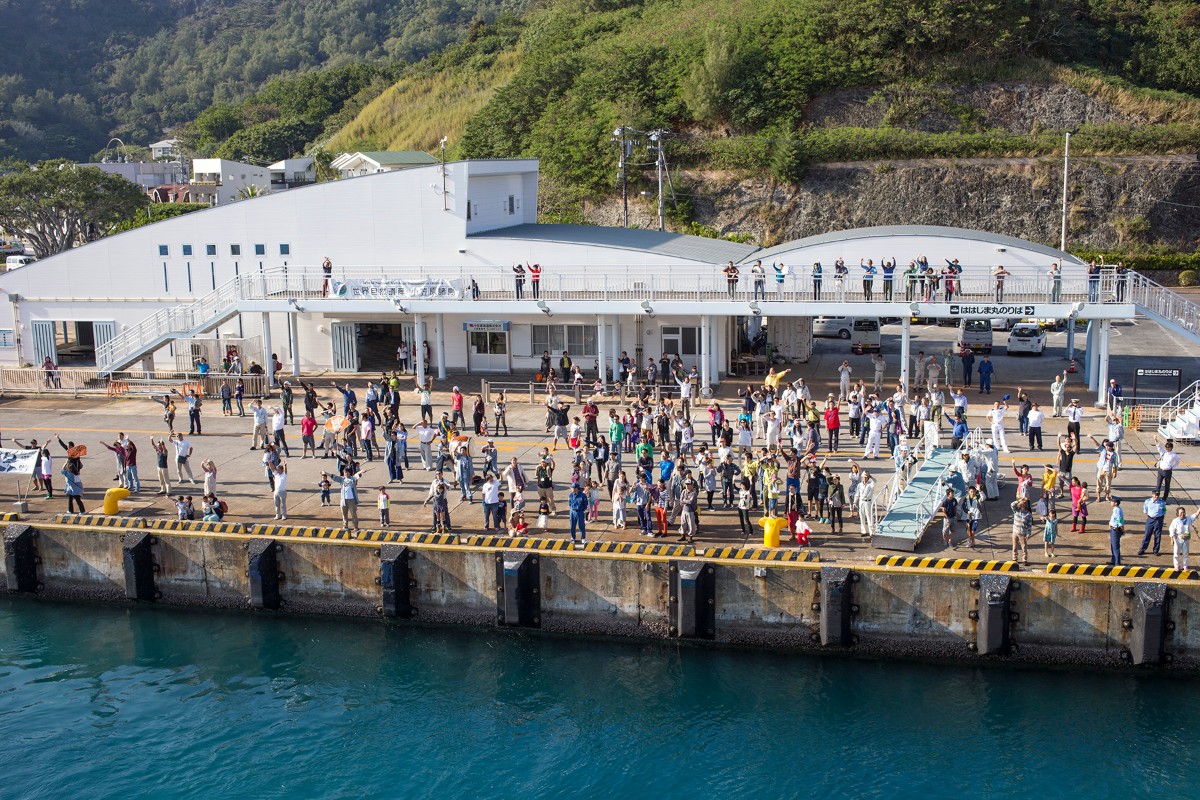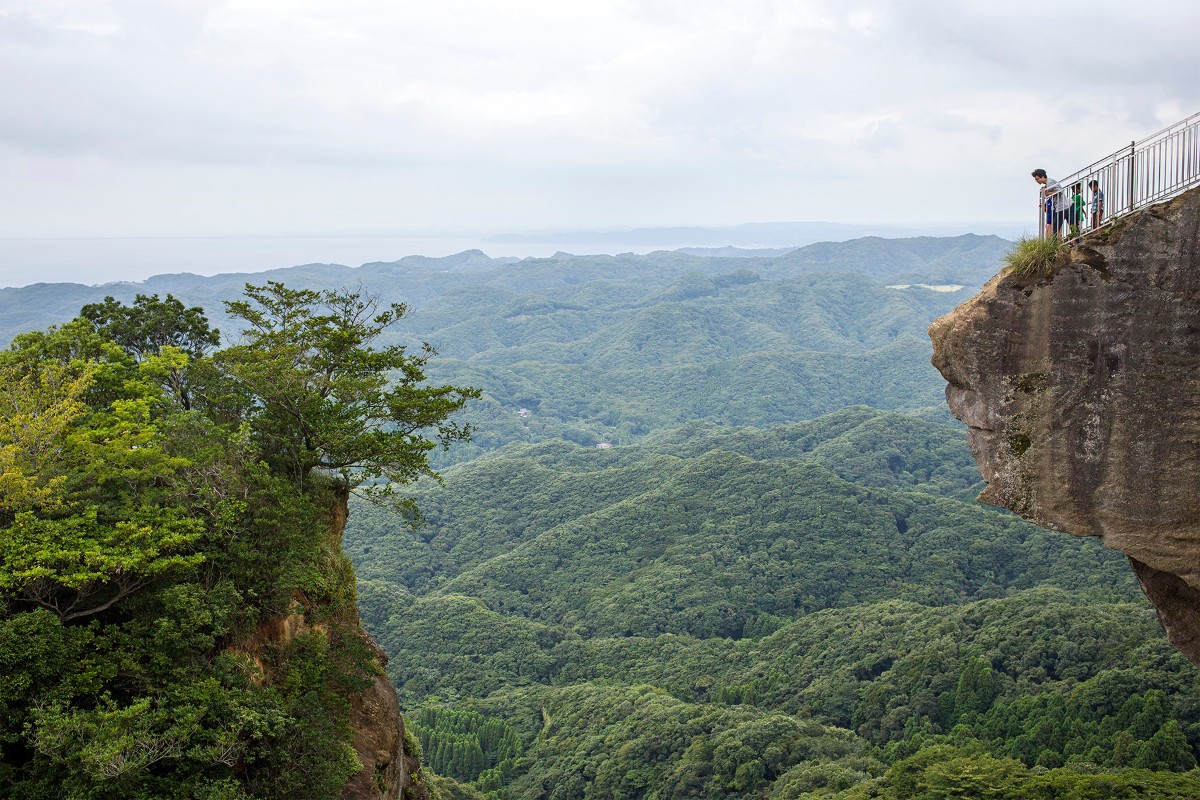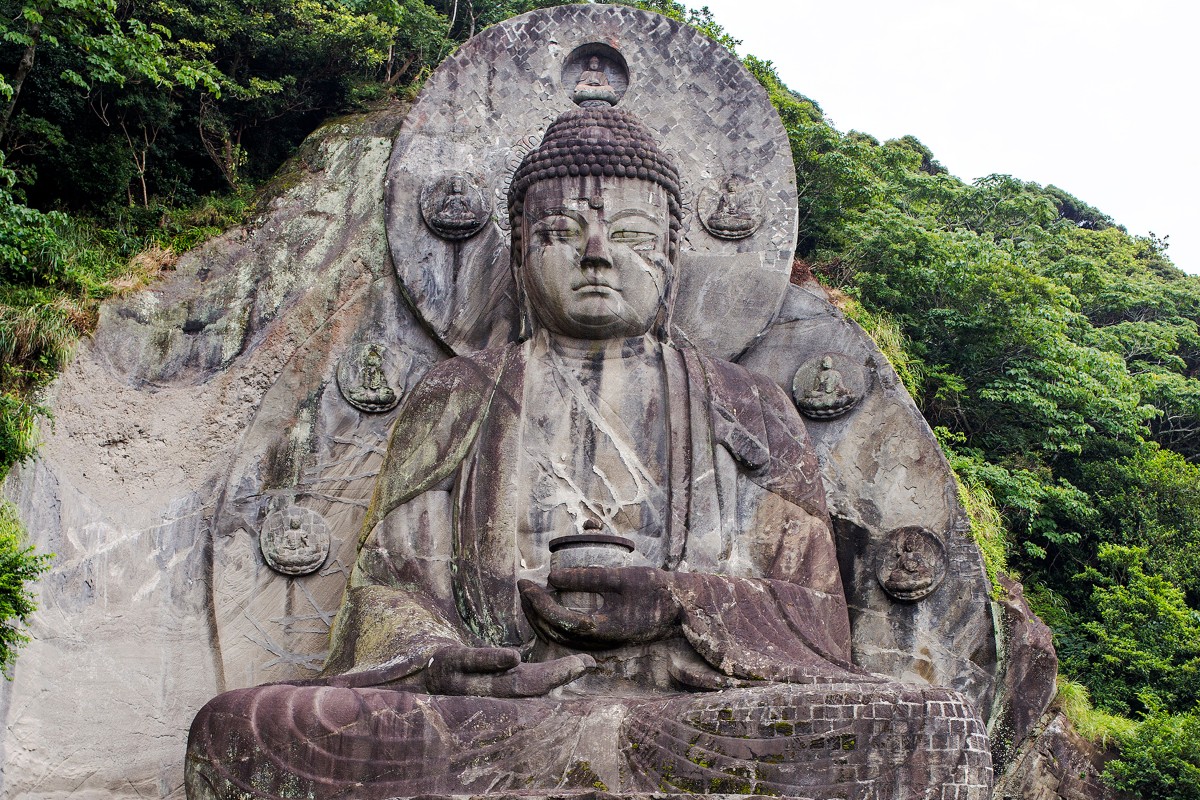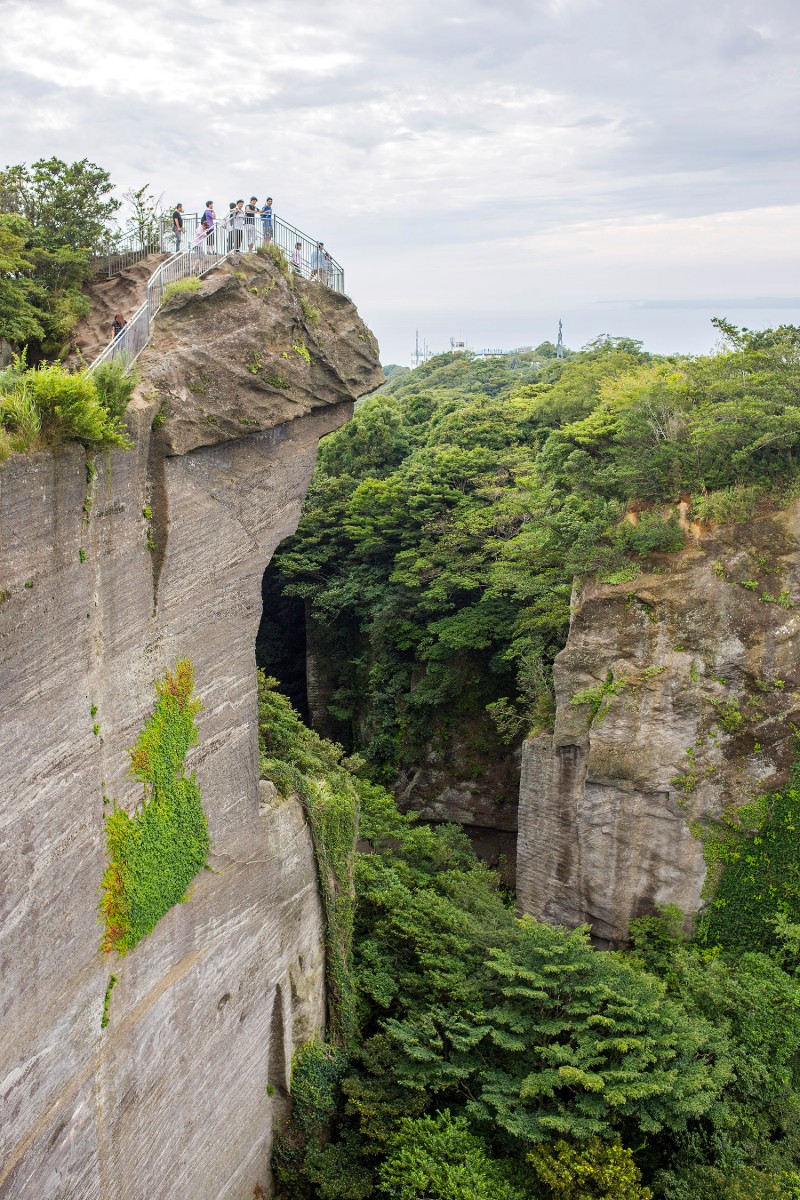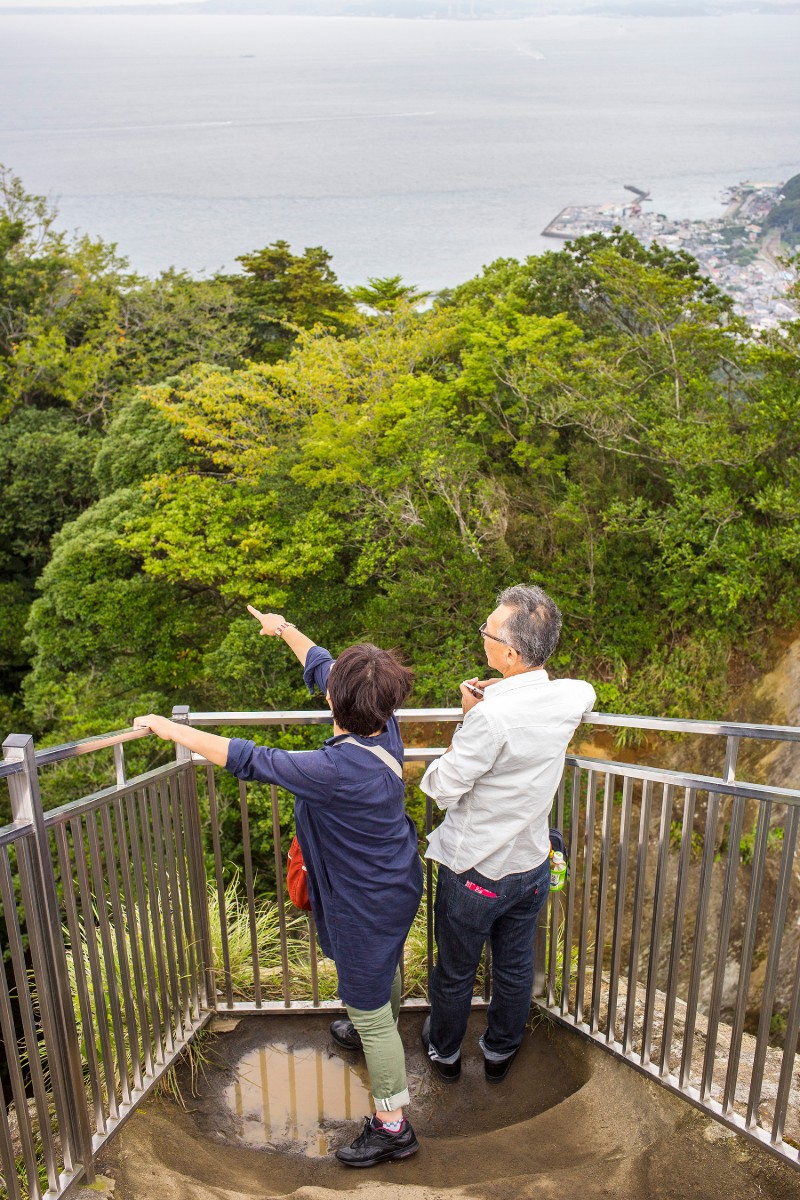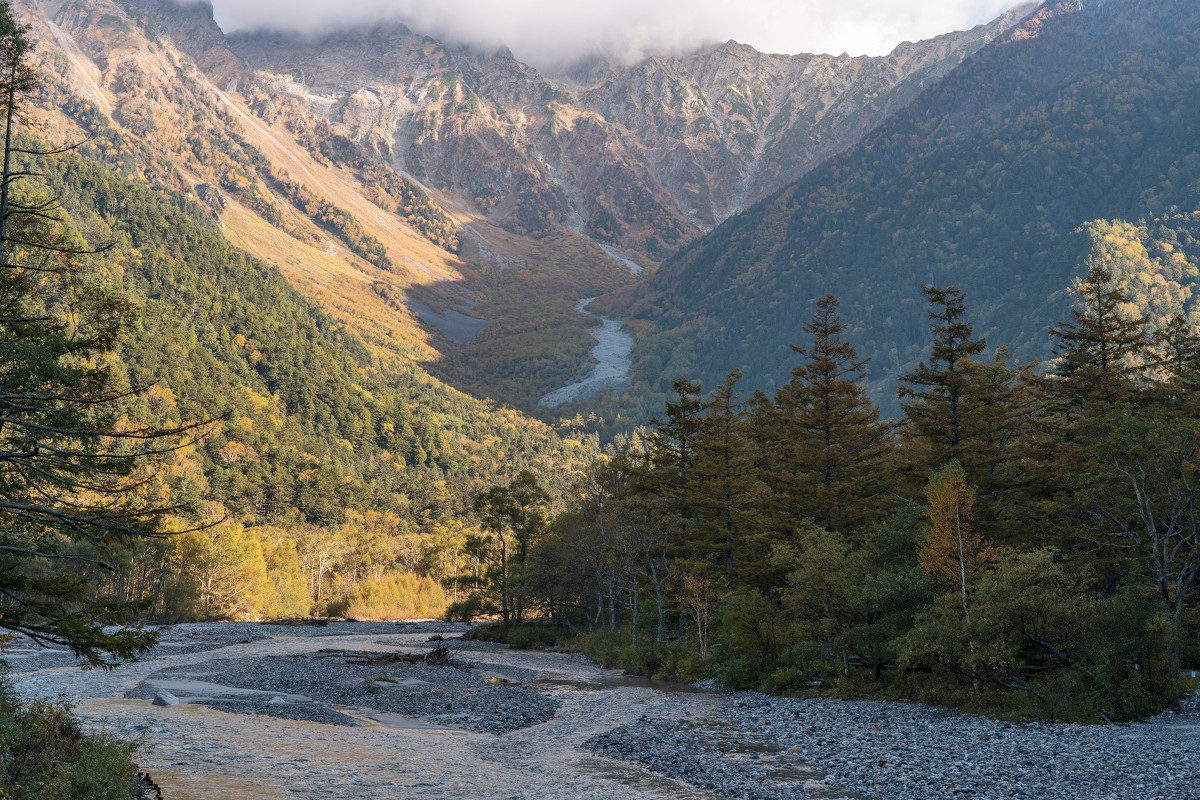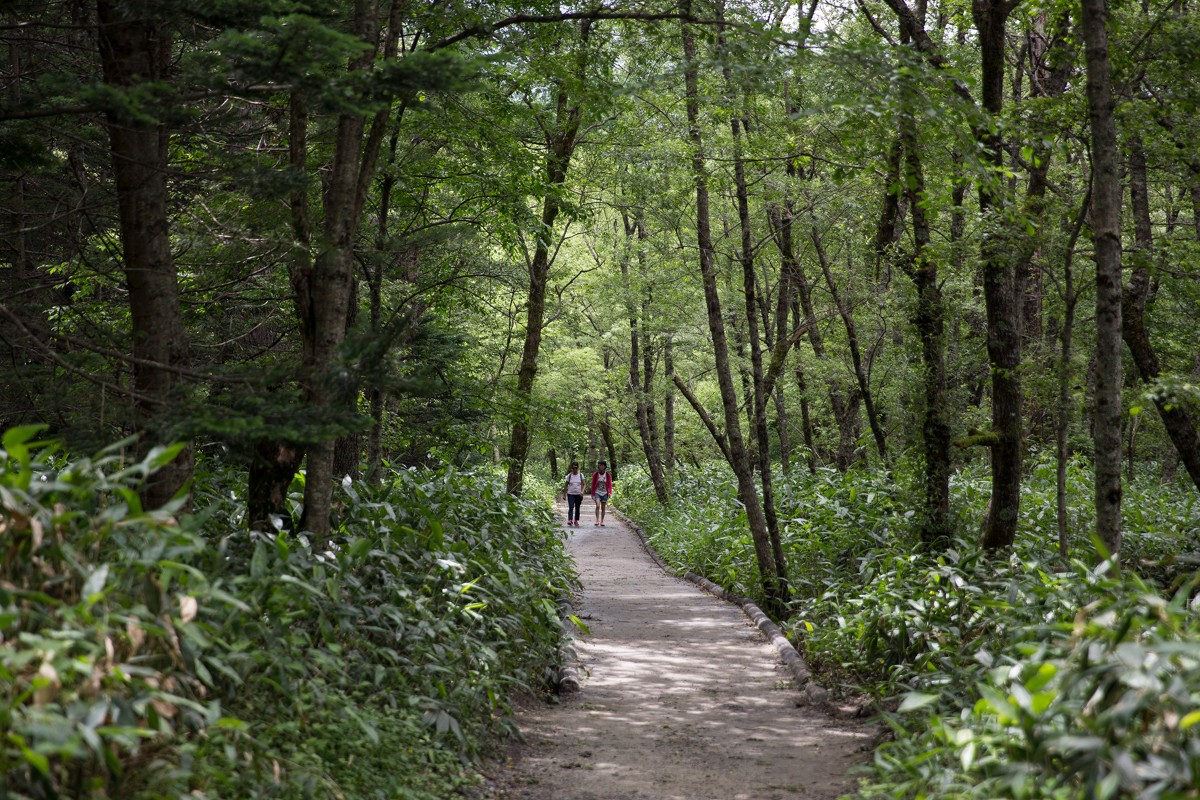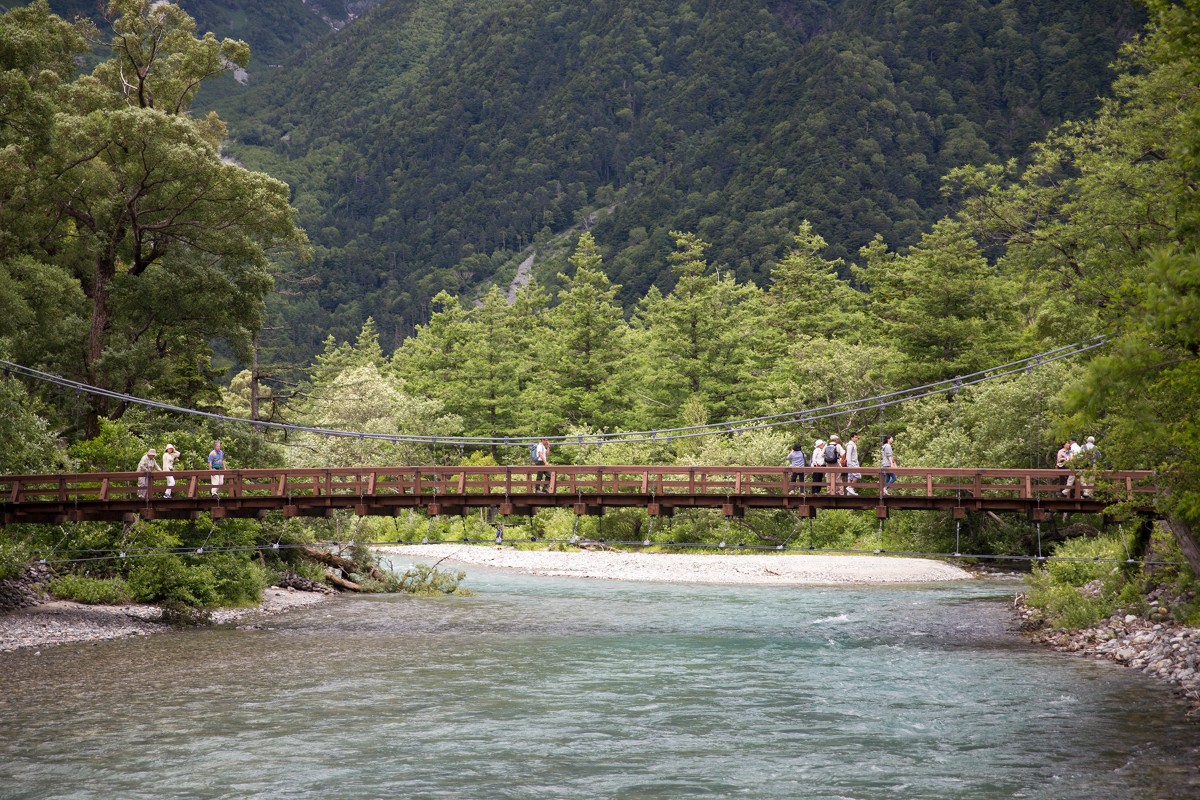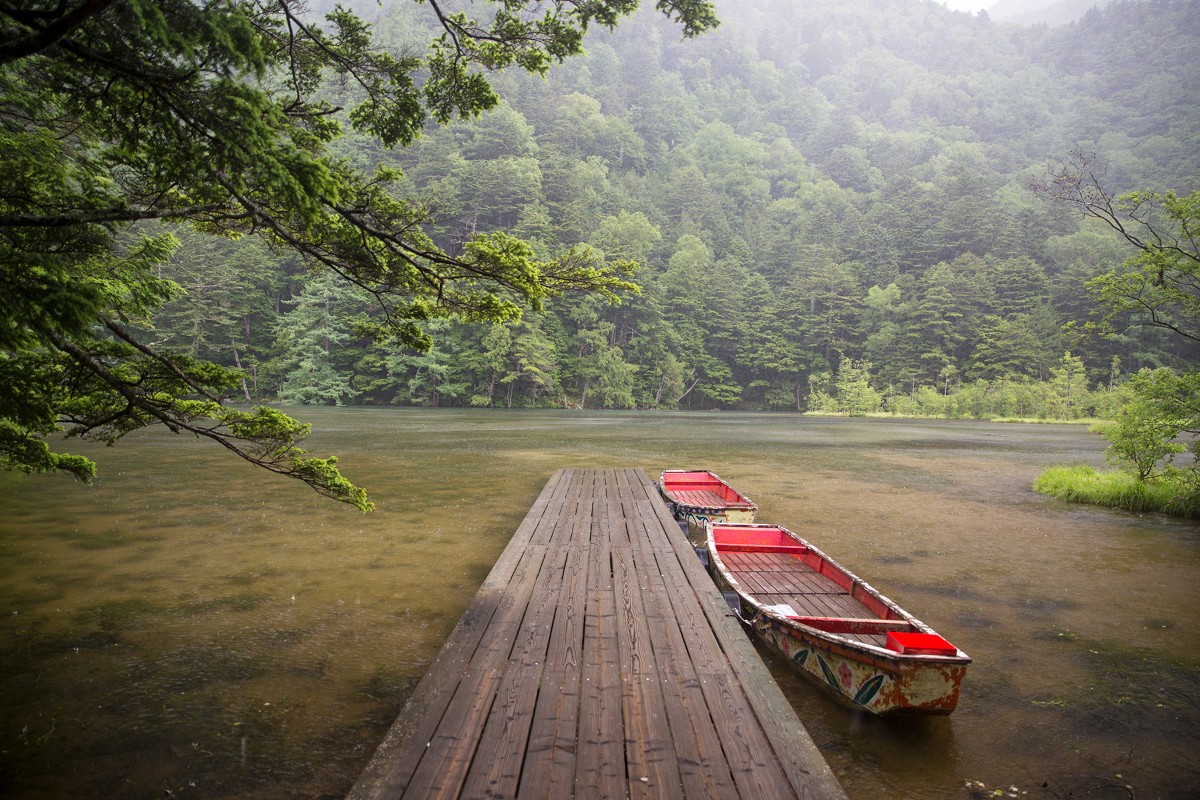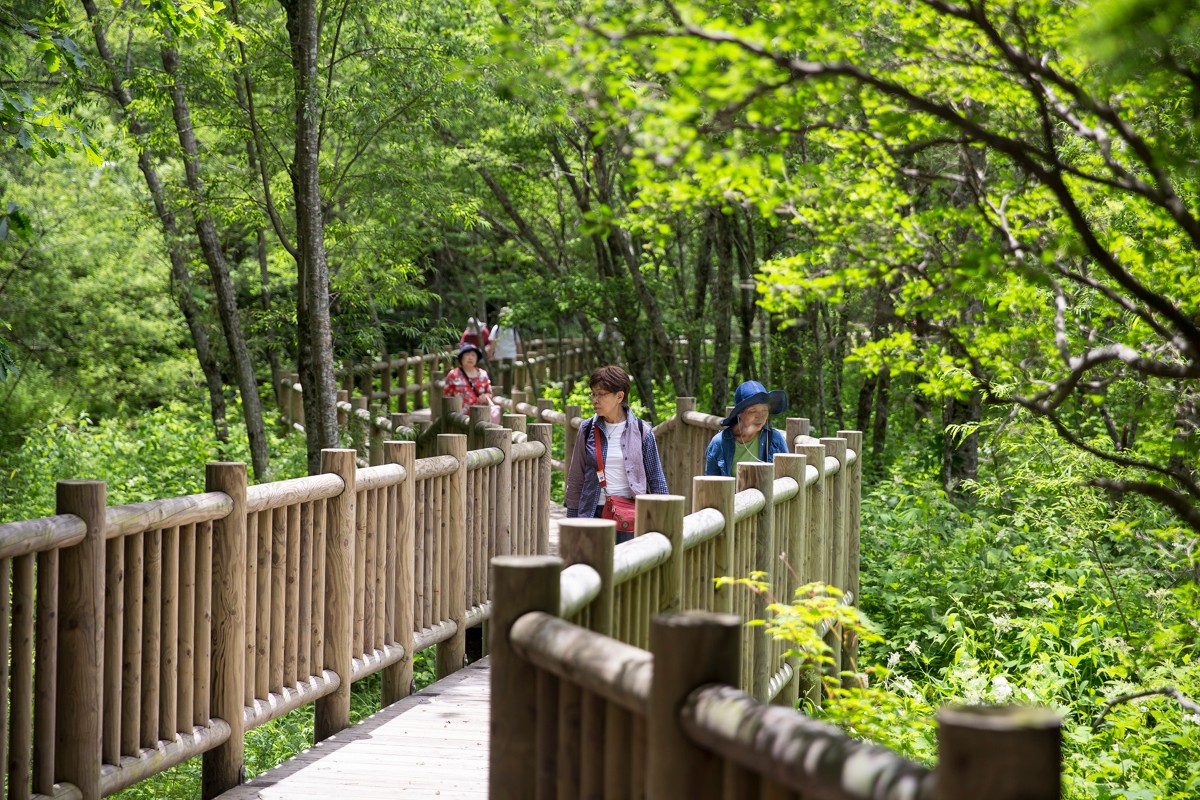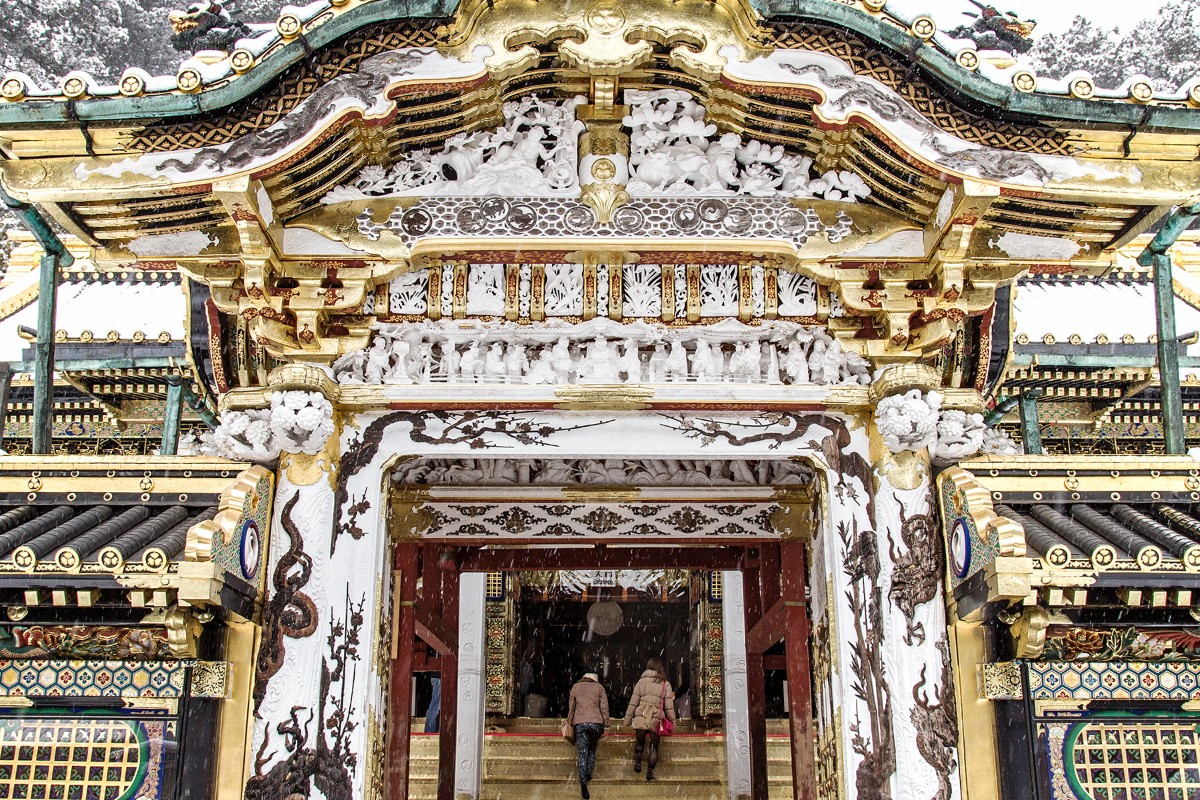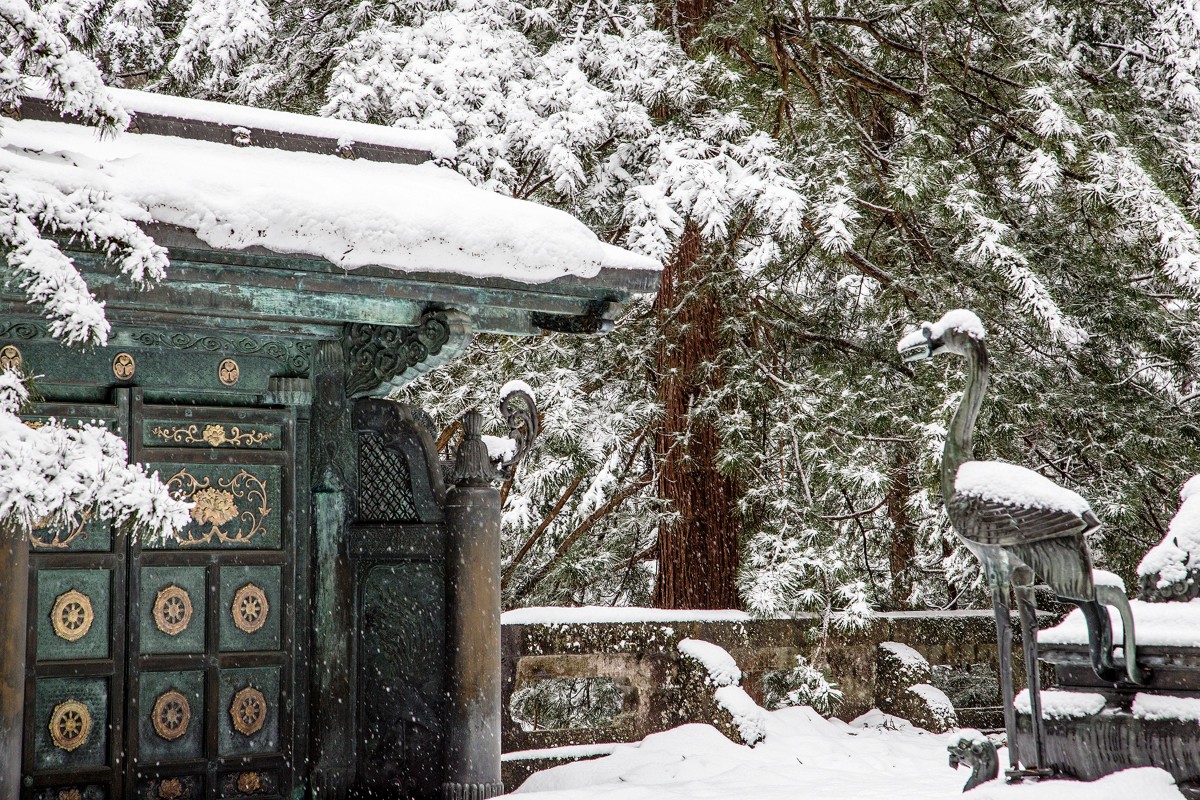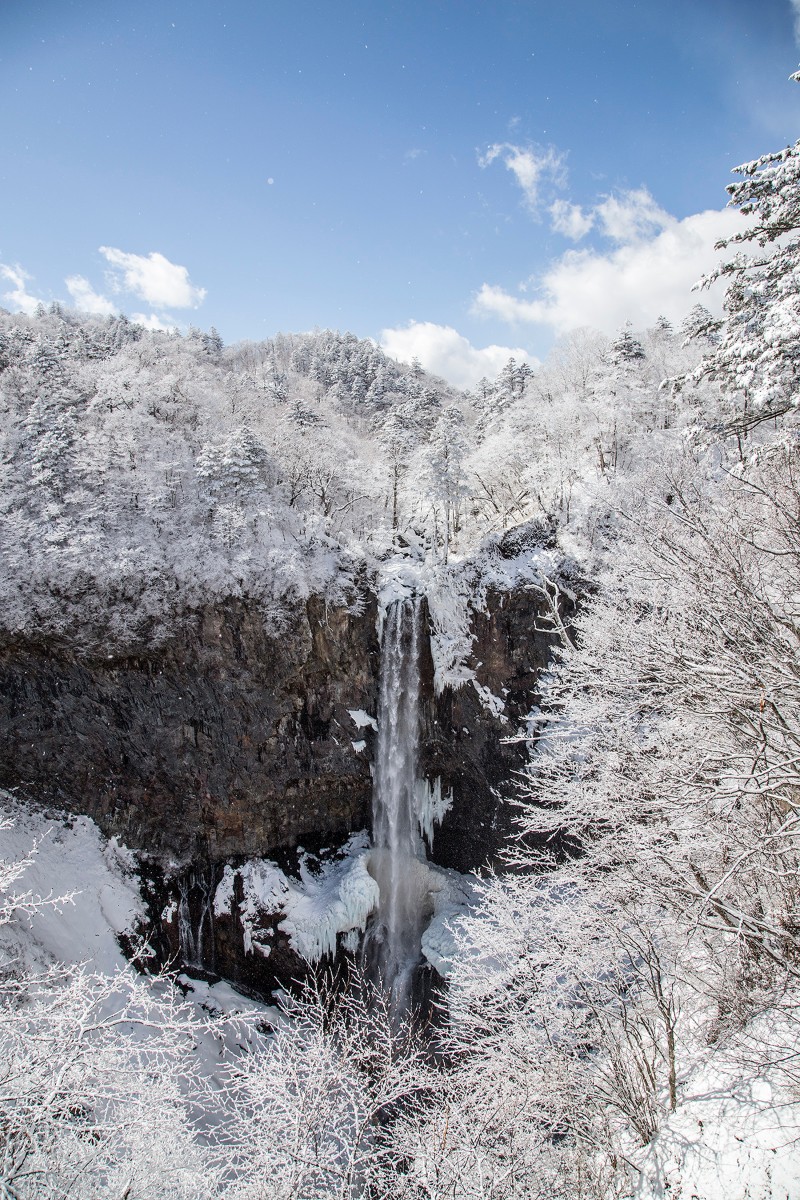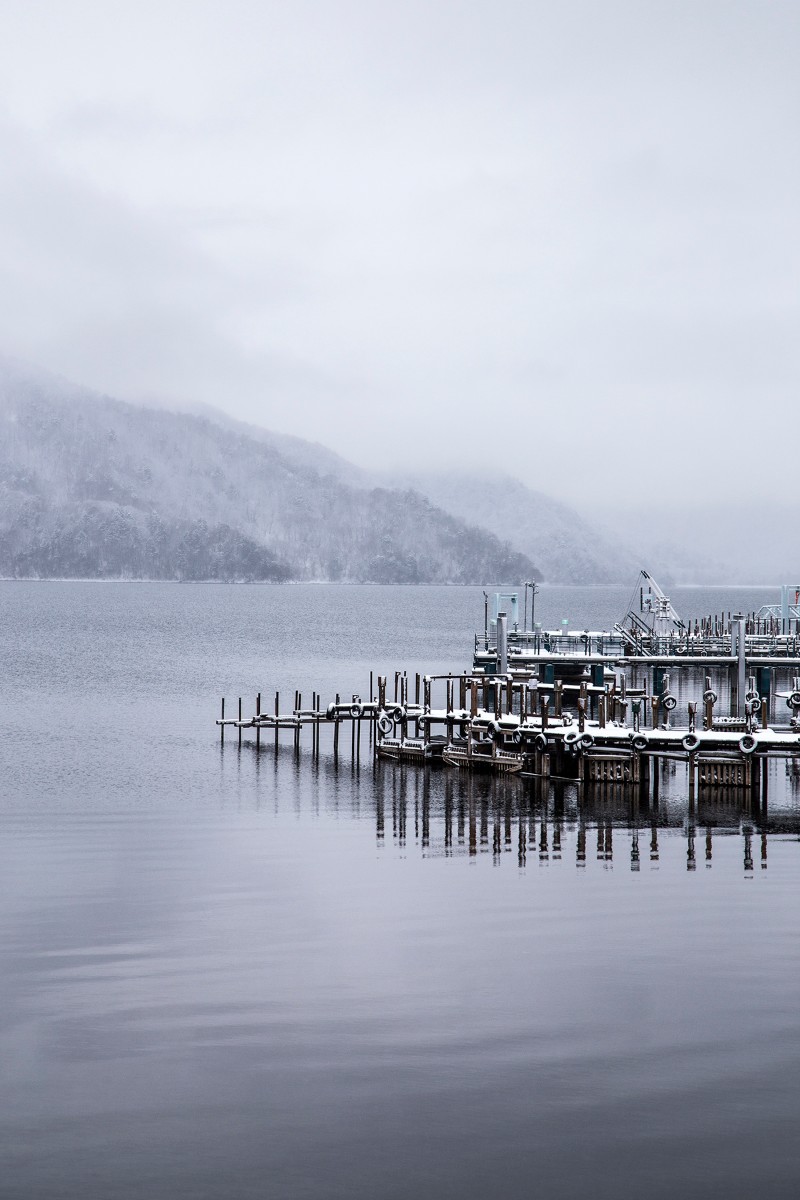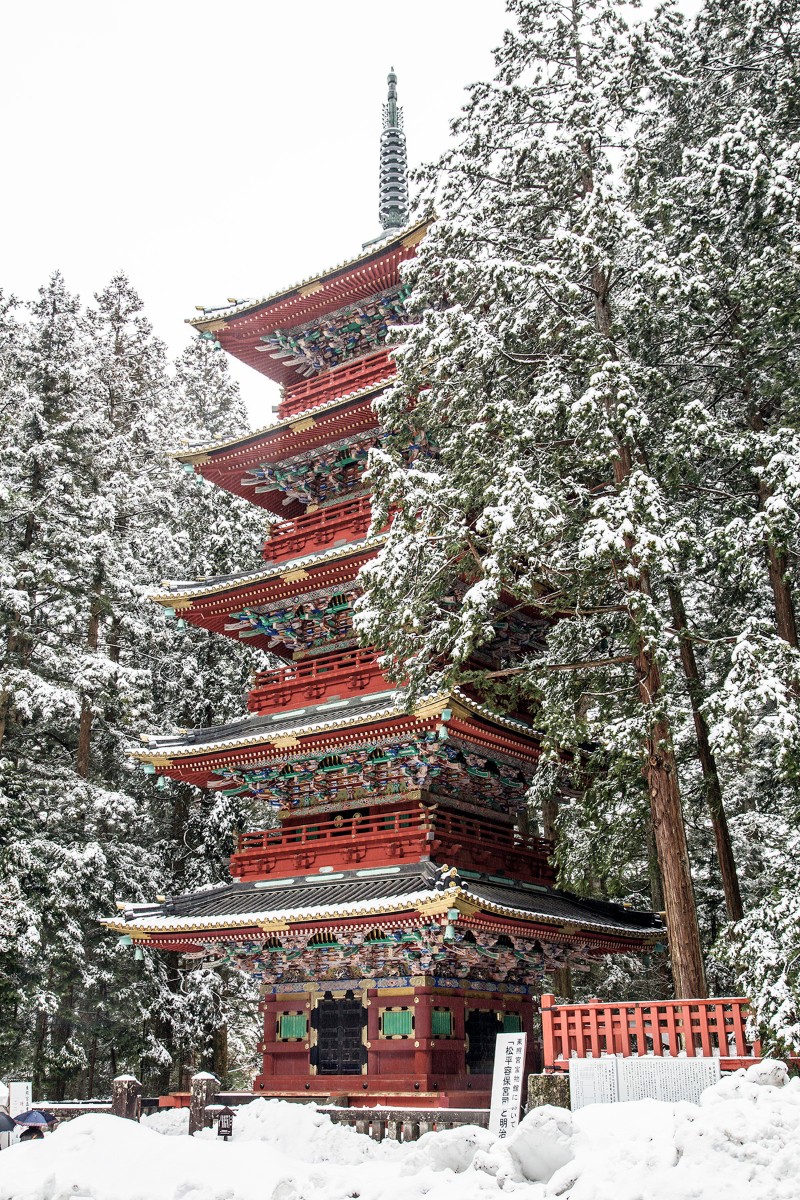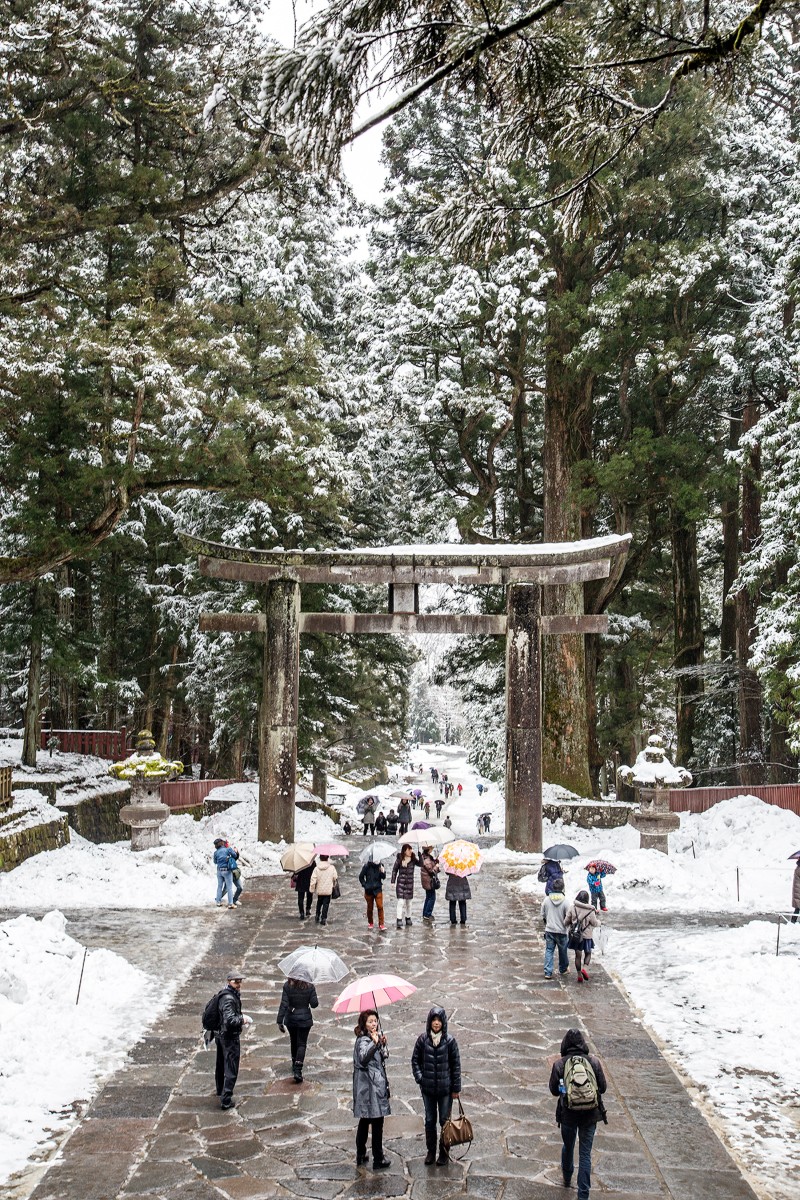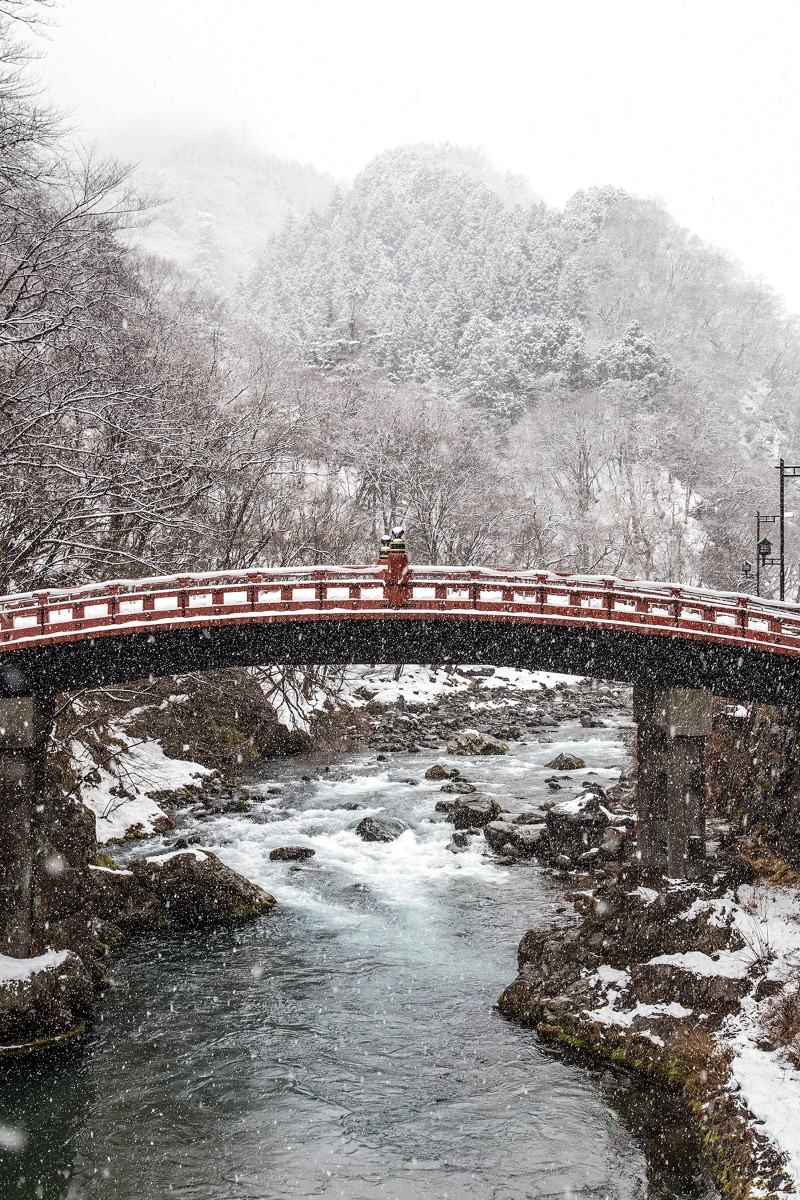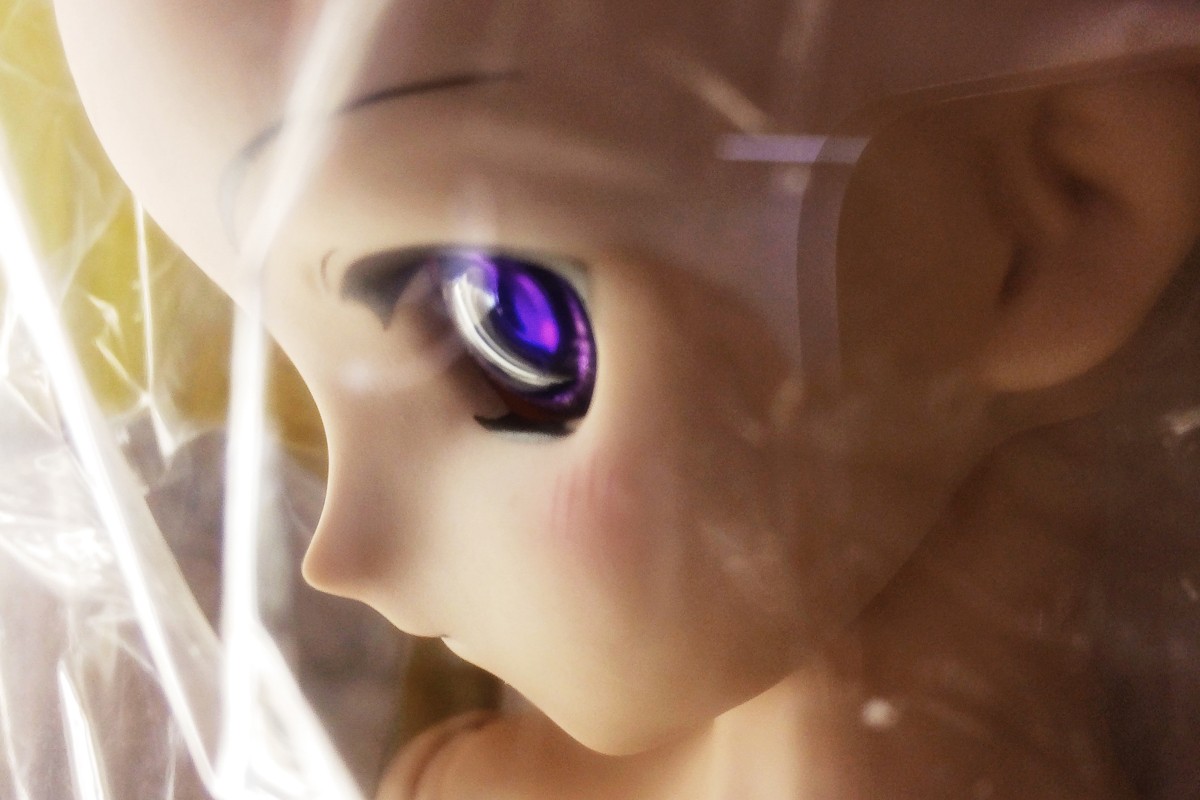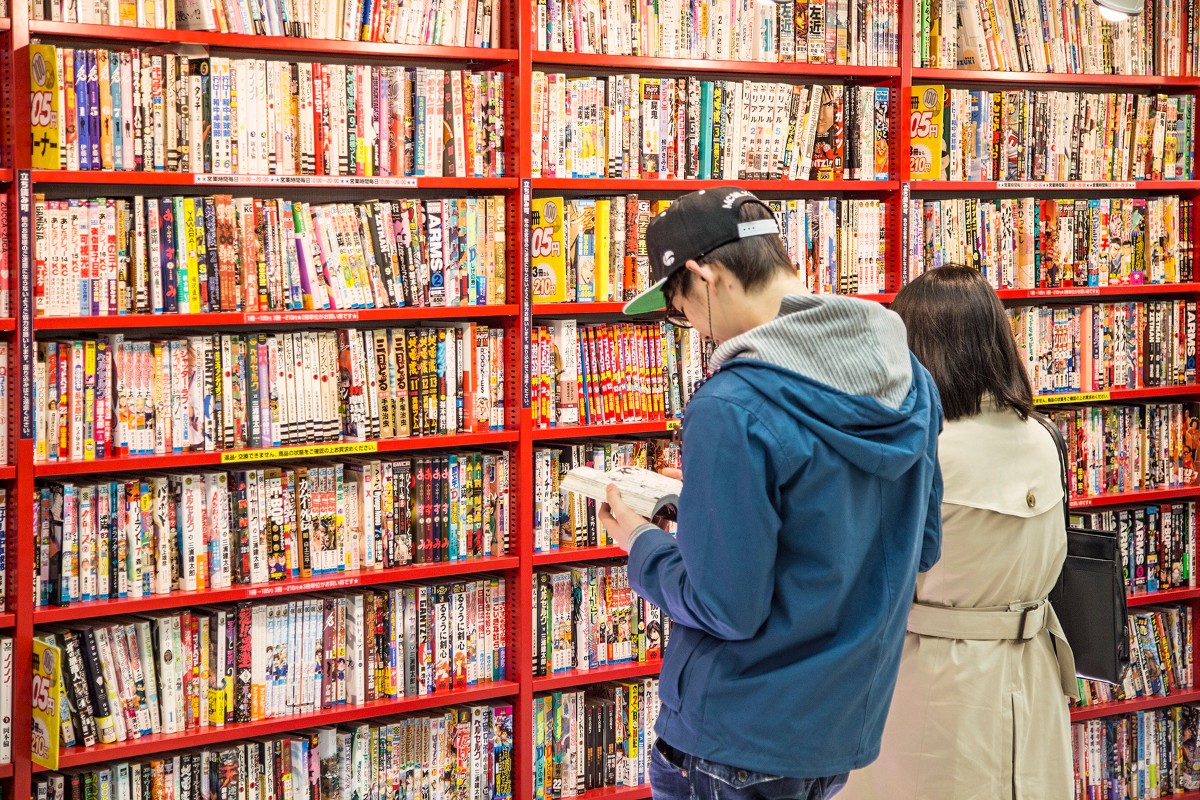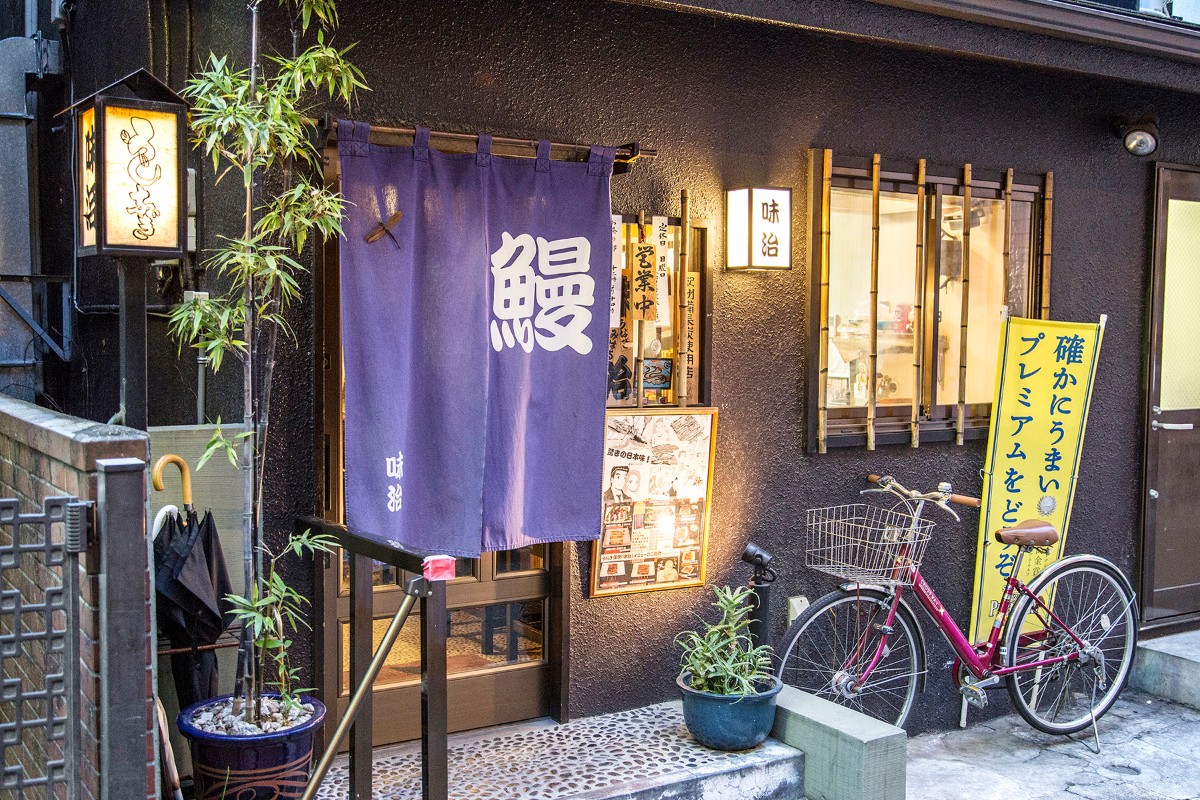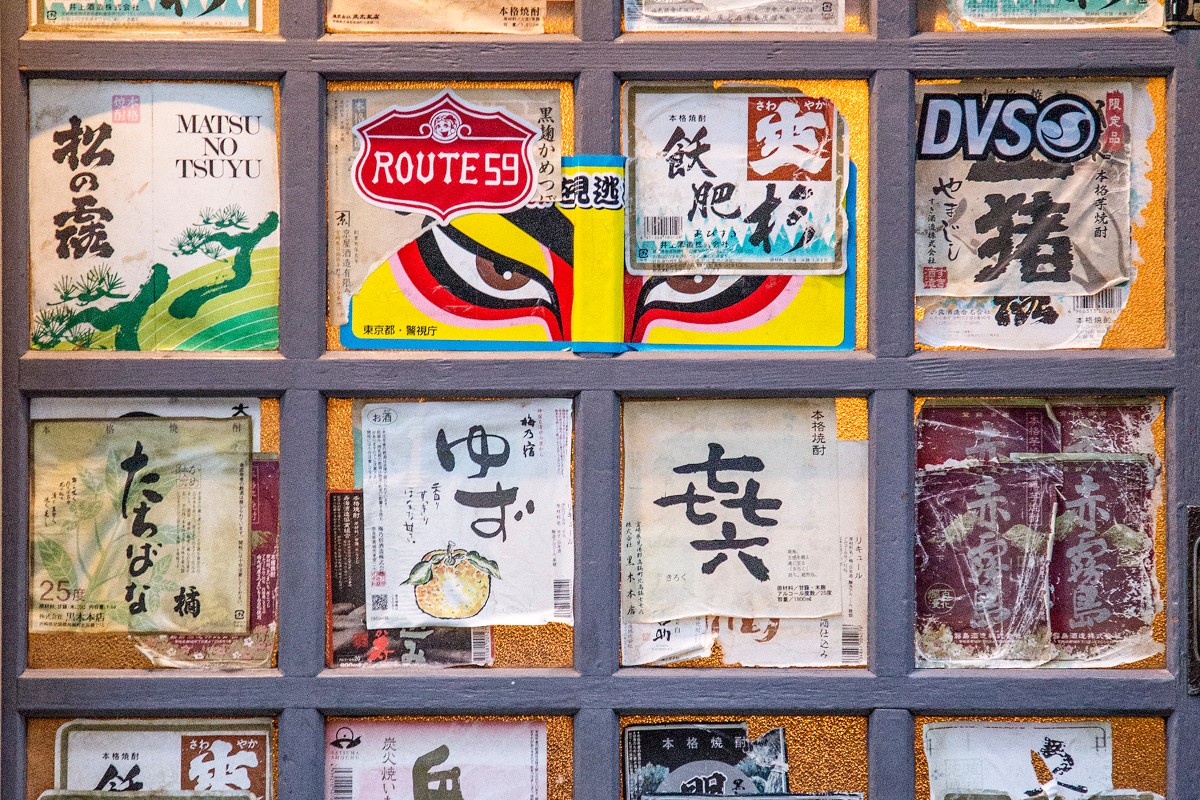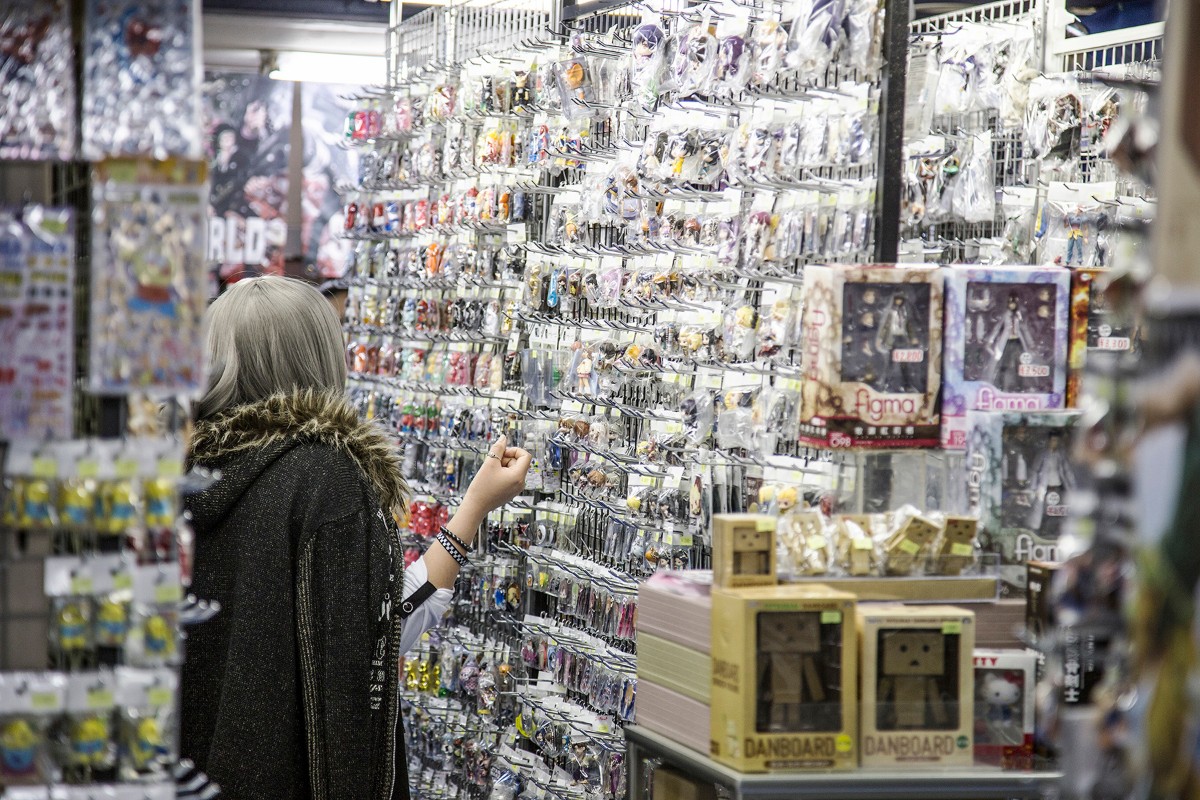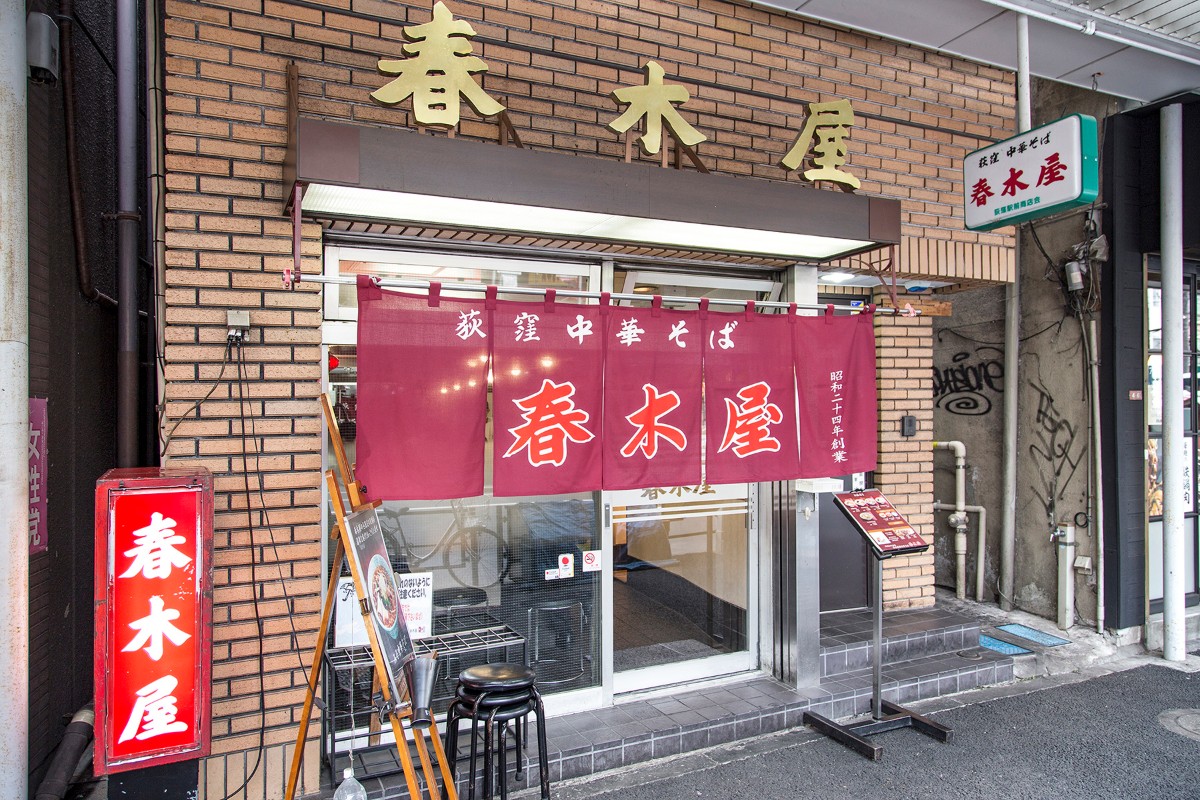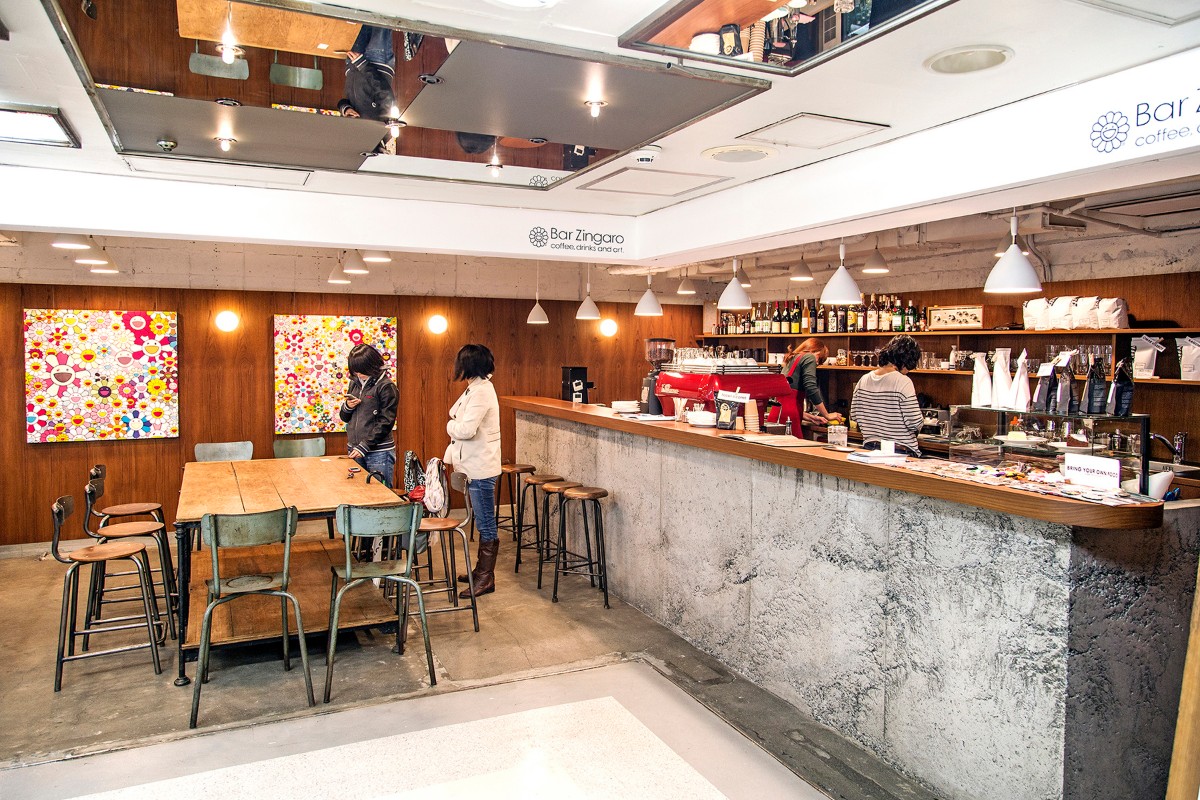I clambered up the steep steps of a nearly thousand-year-old temple at sunset to take in the sweeping vistas of thousands more, each unique, together a chorus harkening back to the Pagan Kingdom. This dynasty was created by the Bamar, who emigrated from the Kingdom of Nanzhao in China’s Yunnan Province. They were the first to form an empire resembling modern-day Burma, which takes its name from them, though this is one of the most ethnically diverse regions in the world. Their bygone capital, now called Bagan, held my gaze until all light was wrung from the sky.
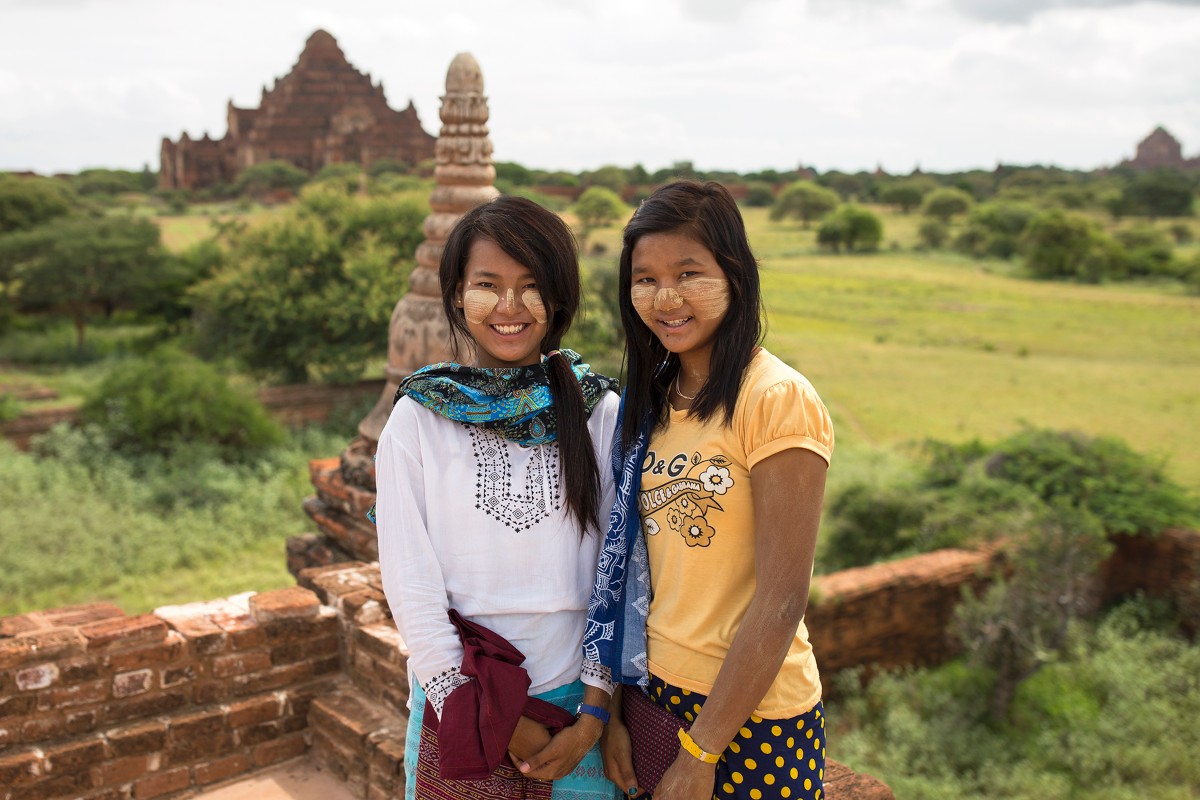
We had arrived by boat on the Irrawaddy earlier that afternoon, countless stupas piercing the horizon to announce our approach to grandeur. Excited children with a business acumen dwarfing my own welcomed us onto land. They left me with plenty for dinner and more postcards than people I knew. We got in our car and the kids waved us off as we drove towards the resort. To our delight, each room had a veranda with typically exquisite views of the ancient city. I’d instantly decided coffee would be enjoyed here at sunrise.
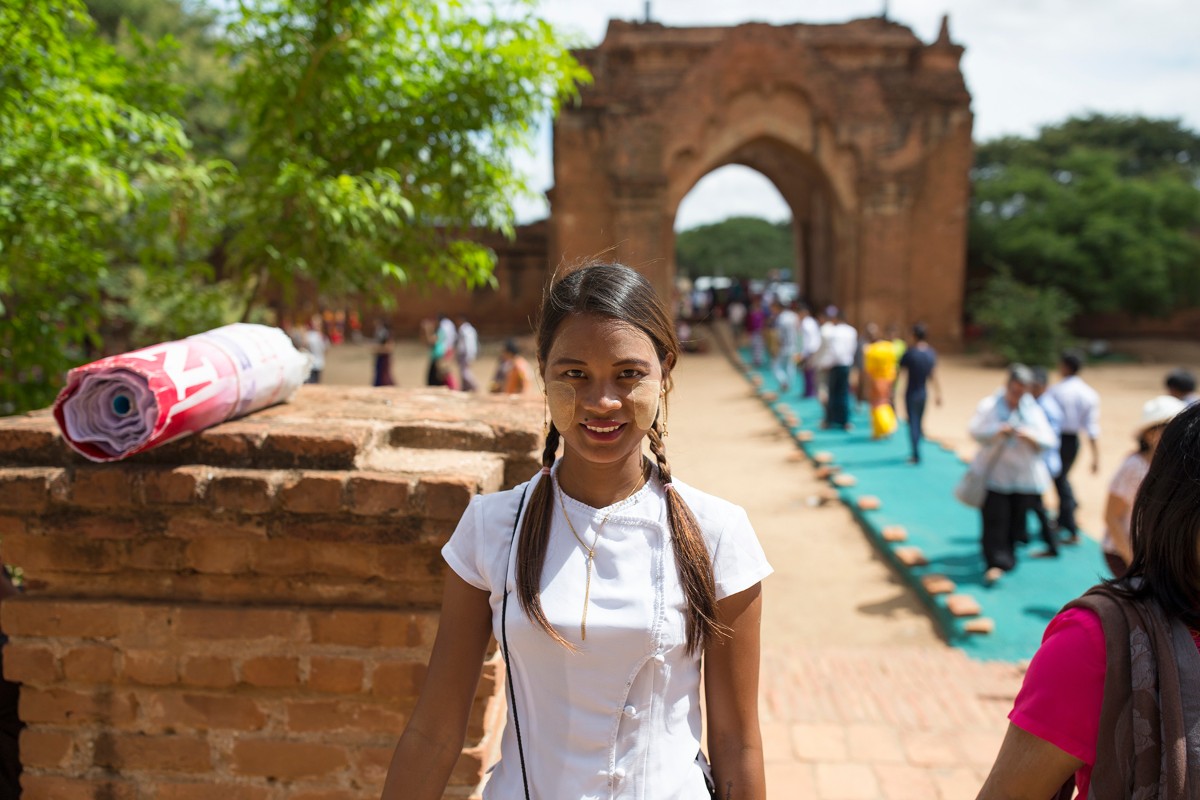
Most of the country’s fledgling tourism descends upon this special site, but it is large enough that with either a good guide or initiative you can experience it in near solitude. Riding e-bikes down dirt paths less traveled is a highlight. These shouldn’t be confused with electrically assisted pushbikes since they are essentially electric motorbikes. They have two gear settings, the lower of which needn’t raise anyone’s blood pressure. The appeal, aside from the obvious whee factor, is the absence of smog and noise. You are silently whisked through fresh air past seemingly secret temples, stopping off wherever you fancy. Bliss.
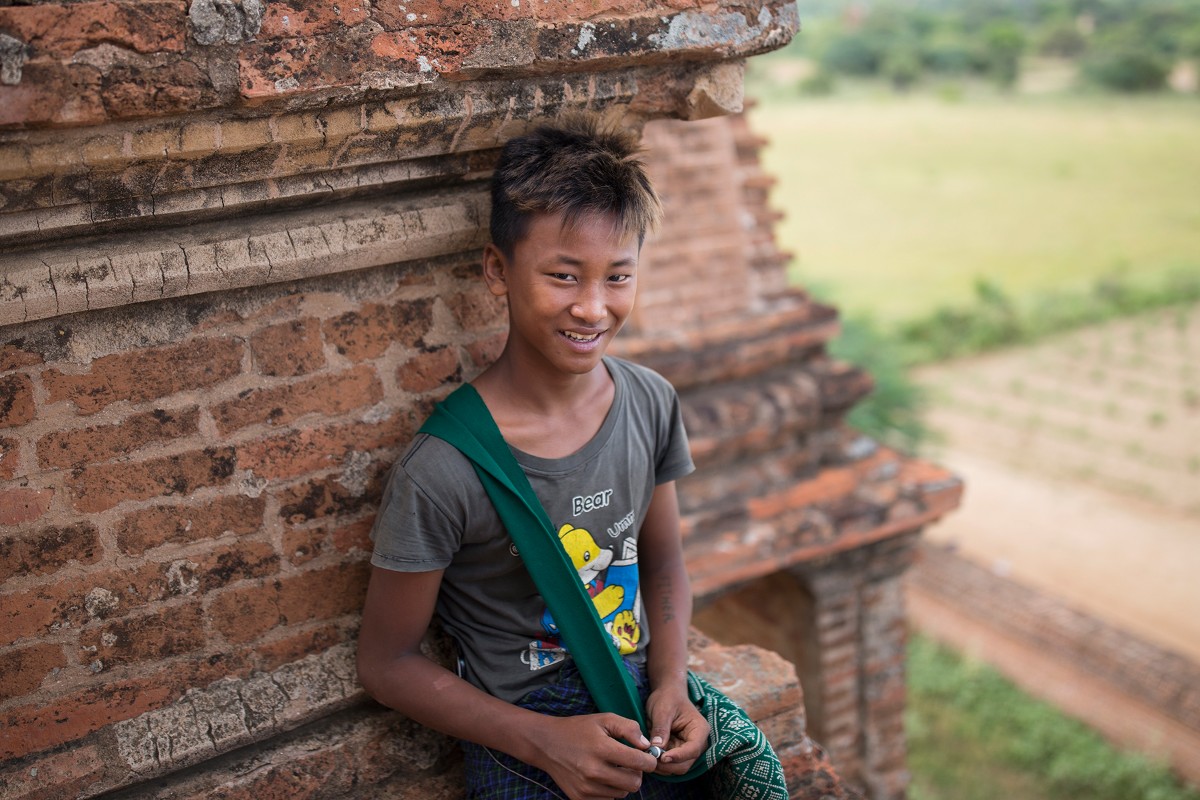
At some point, you’ll likely make your way to the highly revered Ananda Temple. Our guide, a prodigiously well-read local with invaluable insights, explains a clever trick the sculptor pulled in designing one of the Buddha statues within. It’s a symbolic optical illusion in which the face appears to scowl at the traditionally privileged seating area of nobility in the foreground but begins to smile as you move further back, from where it would be observed by those of lower social status. According to legend, the architects were put to death to ensure no other temple could rival its perfect glory. Yikes.
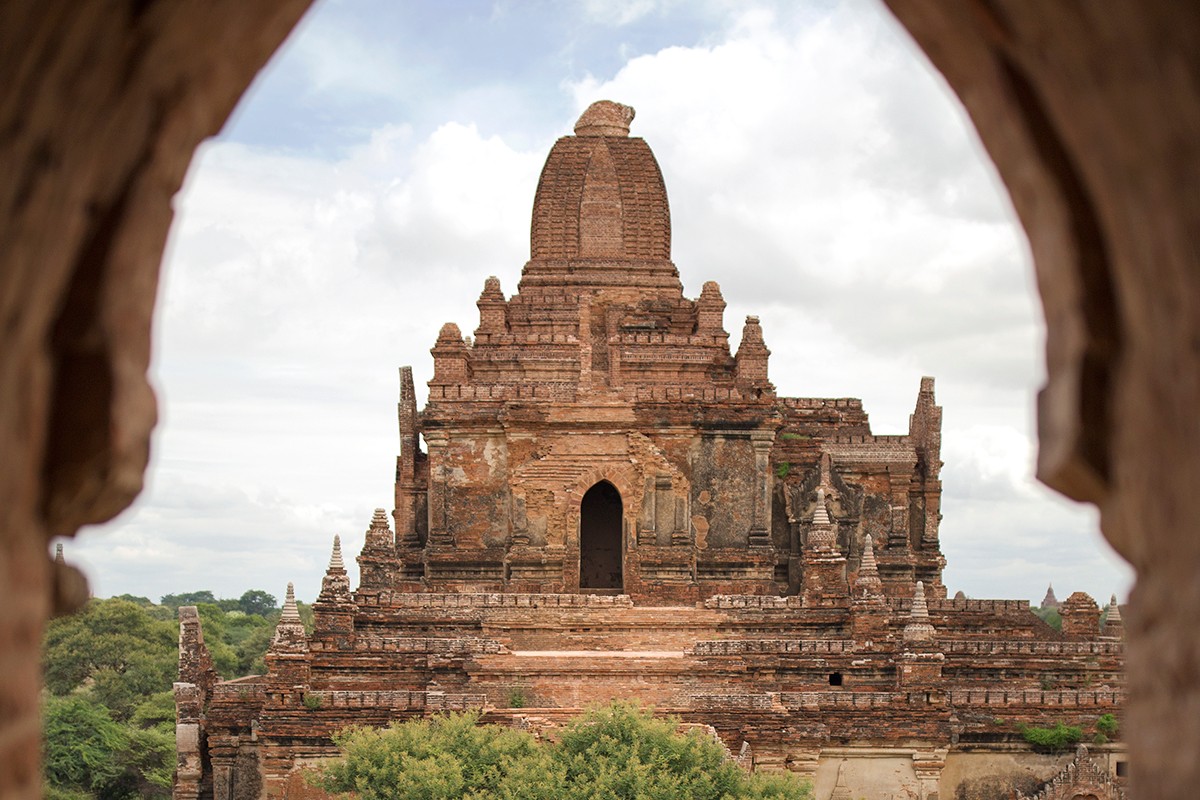
The middle of the day is for lazing poolside or having a long lunch and cold drinks. You must pace yourself, and less is definitely more in the land of temples. In the afternoon, you could take a horse cart, which will either aid your digestion or make you ill. It’s novel and fun for almost five minutes, but I’m partial to inflatable tires and animal-free transport. They look great in pictures though, so I hope someone keeps employing them. At this time, the sun will give your bones a nice tan unless you explore the cavernous depths of some of the larger temples, which are as free from ultraviolet rays as an oven, so bringing a fan is the best idea in town. Totally worth it though, to see the frescoes depicting all stages of life, and young monks dashing hither and thither like fairies.
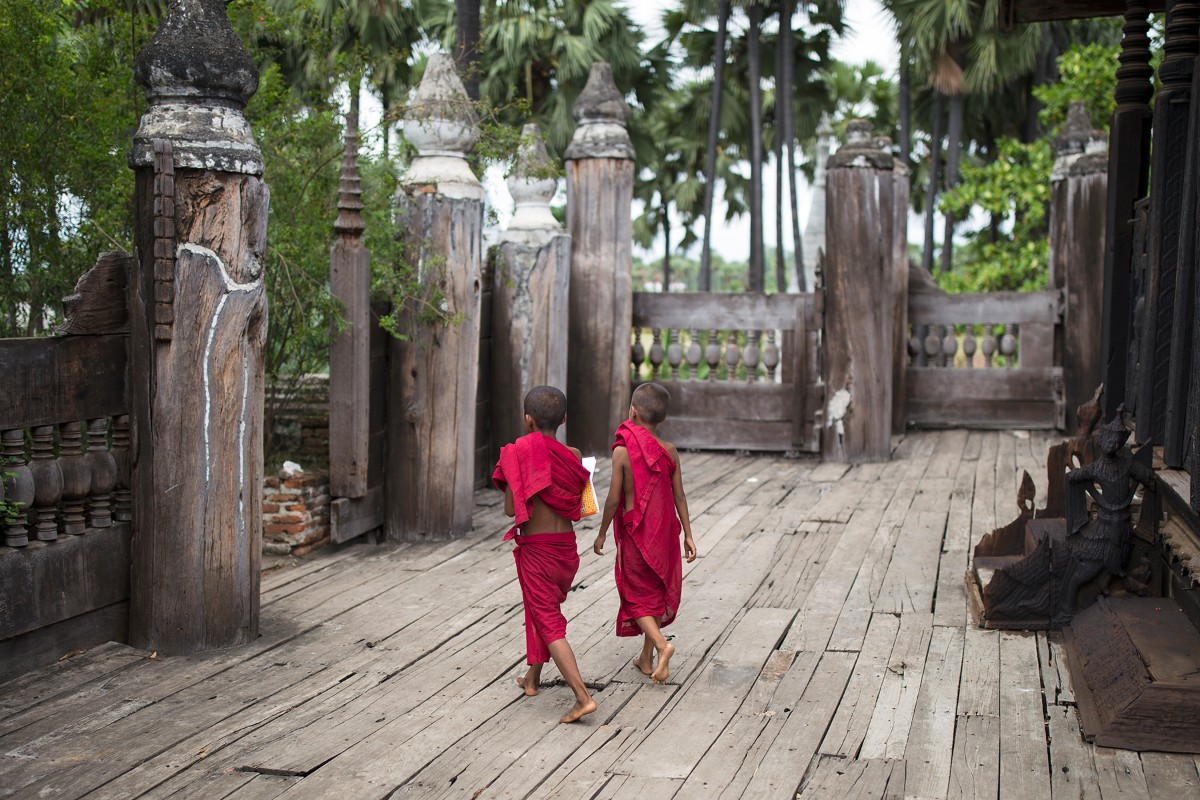
Why so many children monks? For most families, it’s the only or best way to ensure their child gets food and education. It’s surprising that a country rich in gems and natural resources, enviably situated betwixt the enormous empires of India and China would have one of the widest income gaps on earth, but most of the wealth is hoarded by an elite few with ties to the former military government. Their absolute rule ended less than a decade ago, but the effects are still widespread, with their grip remaining firm around the nation’s purse strings. Academic pursuits were not easily sought under their stewardship, presumably because an ignorant populace was easier to subject. What was once perhaps the most highly educated societies in Southeast Asia was more or less dismantled. There is hope, however, and I see it in my guide, who grew up during these dark times and didn’t let anything hold him back. Just as a plant breaks rock, the driven audacity of youth is hard to suppress.
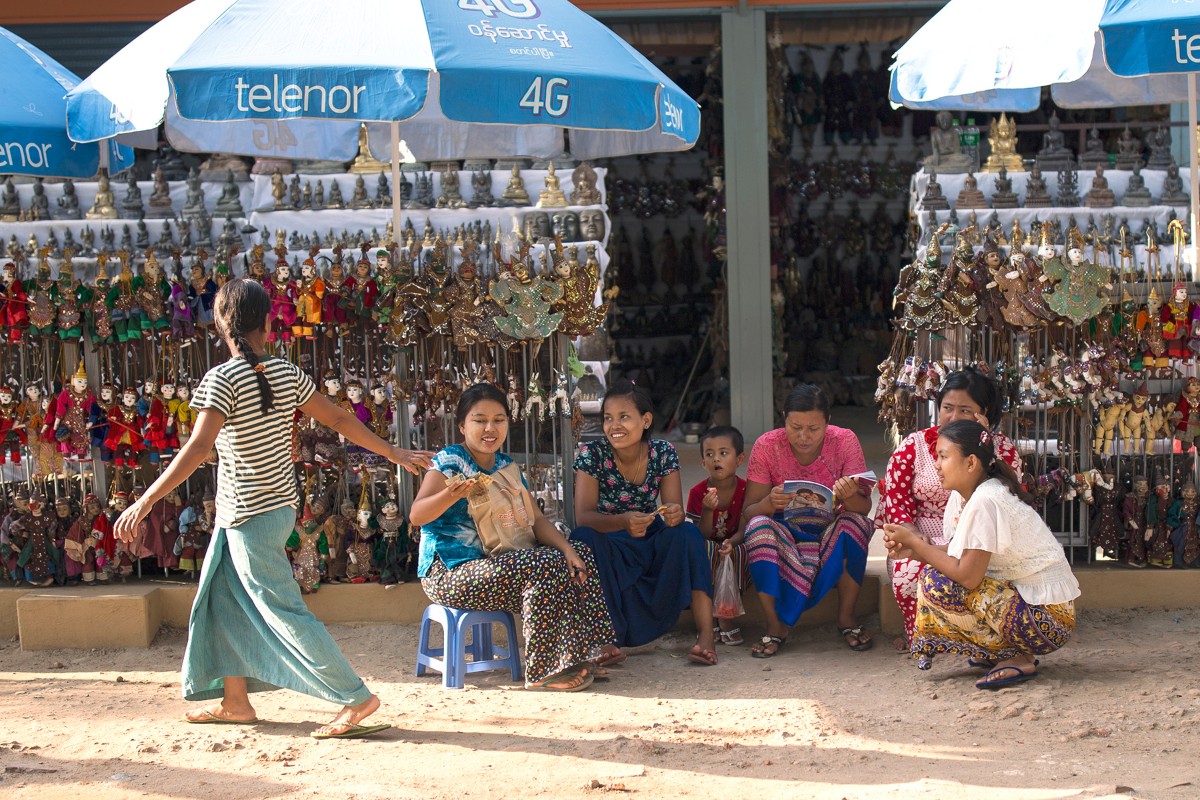
It’s shocking to think so majestic a spectacle as the myriad temples in Bagan being absent from UNESCO’s list, but this is ostensibly because some of the crude repairs carried out by the former government were deemed to render the site ‘inauthentic’. For a multitude of reasons, you’ll want to visit sooner rather than later and relish in the transient splendor of life.
You’ll likely leave Bagan by plane, and in case you’re wondering, the left side offers the best views.

